ADVERTISEMENT

ADVERTISEMENT
What We Know
Collaborations in the watch industry have become so commonplace and expected that it's truly surprising when a new pairing can excite, educate, and delight. Yet, in teaming with the Swiss company USM Modular Furniture for a new limited-edition series of colorful El Primero chronographs that ship with a piece of original USM storage, Zenith has managed to deliver on all three fronts—and then some.
There are a lot of firsts in this collaboration. It's the first time that USM, a family-owned Swiss company founded way back in 1885, has worked with a brand to incorporate its design sensibilities from its flagship Haller line of furniture to create a watch. And it's the first time that Zenith, celebrating its 160th anniversary this year, has utilized its vaunted El Primero chronograph movement, which debuted in 1969, in its most architecturally driven case, the original Defy. Quickly nicknamed the coffre-fort or 'time-safe,' due to its solid and seemingly impermeable construction, the reference A3642 diver, now called the Defy Revival, also hit the market that same year.
The new Defy Chronograph USM imagines what the two Swiss manufacturers would have done if they had put their heads and drafting pencils together back in the 1960s when both brands were designing and beginning to produce the products that would come to define them for generations. For Hodinkee readers, Zenith's position as a stalwart in Swiss watchmaking has been well-documented with admiration, affection, and respect, as we've collaborated on several Limited Editions with the legendary marque and its legendary El Primero movement. However, today, Zenith is collaborating with a fellow Swiss brand, USM, a company that shares a similar industrial manufacturing heritage with its headquarters and factory in Münsingen, approximately an hour and a half's drive from Zenith's home in Le Locle. The journey requires crossing the fictional border between French and German-speaking Switzerland, which is sometimes referred to as the 'Röstigraben.'
Romain Marietta, Zenith's director of product development and heritage, says the two companies began discussing a partnership five years ago, when Zenith was seeking to acquire additional USM furniture for its offices. Once contact was made and relationships established with fellow executives at USM, Marietta and his team pitched a watch and furniture collaboration.
"We found out we have a lot of common values. There are a lot of similarities," Marietta says in an interview. "It's about Swiss excellence, precision, and craftsmanship."
Close-up of the USM storage chest included with each watch purchase.
Like Zenith and its founder Georges Favre-Jacot, USM was defined by the vision of its founder, Ulrich Schärer, whose initials and the first letter of the company's hometown, Münsingen, where the factory continues production, provide the company name. Established as a metal shop in the late 1800s, USM evolved by the mid-twentieth century into a producer of metal building structures. In the early 1960s, USM's third-generation Chief Executive Officer and engineer, Paul Schärer, commissioned Swiss architect Fritz Haller to design a new factory and office pavilion utilising a steel modular construction system that would be flexible enough to be adapted and altered to the client's industrial and administrative needs as they changed and expanded. Haller and Schärer then developed furniture to match the new buildings, birthing the USM Haller modular design system built around a proprietary and patented ball joint, which remains the cornerstone of the flagship furniture line today.
USM furniture at The Buchli, the private home of the Schärer family, designed by Fritz Haller and built using the USM materials.
Like Zenith's own Defy watch case, ladder bracelet, and El Primero movement, the USM Haller system serves as a design and manufacturing foundation for much of its product output. Its chrome-plated tubes, connecting joints, and metal panels and shelves are now a distinct language all their own, to be constructed and shaped depending on a customer's needs.
"Though our products, industries, and even our clientele may appear distinct at first glance, they are ultimately bound by a shared devotion to timeless quality, refined aesthetics, and purposeful functionality,'' says Alexander Schärer, CEO and President of the Board of USM.
USM offices in Münsingen.
USM ball joint connector system.
A colorful USM Haller configuration.
We were lucky enough to spend some time with the Defy Chronograph USM models and furniture ahead of the launch this summer. We were also treated to a visit to USM's headquarters and factory in Münsingen, where the famous products are produced, and the office space serves as an ideal showroom for the myriad ways the Haller system can be configured. At the factory, numerous workers operate machines to roll, shape, cut, and paint metal with distinctive colors for the Haller panel and shelf system, along with the proprietary ball joints and tubes that connect and secure the modular pieces. It's an impressive, efficient, and clean industrial facility operating in the middle of a country that offers workers some of the highest wages in the world.
Rolled steel at the USM factory.
So, how is the ethos of USM expressed in the limited edition chronographs? Quite deftly and subtly, in fact. Housed in the distinctive, angular, 14-sided, and instantly recognizable Defy case, sized at 37 millimeters in diameter, four dial colors are offered as part of the limited edition set, which will see just 60 of each being produced. Called "gentian blue, pure orange, golden yellow, and (USM) green,'' they represent some of the original colors USM used in the Haller line, beyond black and white. To be sure, USM, like many a Swiss watch brand, has been slow, conservative, and methodical in updating its products. When it recently added olive green to its color lineup, it marked the first new shade for the Haller furniture system in more than two decades. Marietta says Zenith's dial makers couldn't simply use a Pantone reference for the dials but had to create special pigments to match USM's unique paint hues.
The subdials on each watch are silver featuring a small seconds subdial at 6 o'clock, 12 hour counter at 6 o'clock and a thirty minute counter at 3 o'clock and the classic (and controversial to some) Zenith date window at 4:30. Those elements are accented by the typical black and silver striped rhodium-plated block applied index markers found on the original A3642 Defy that reinforce a semi-industrial theme. The name USM doesn't appear on the dial. Rather, it's the chronograph seconds hand tipped with a tiny USM Haller system ball joint that nods to the Swiss furniture maker. The ball joint tipped hand presented a challenge to Zenith designers and engineers, who needed to ensure it had sufficient visual presence without being too weighty and impacting the handset and timekeeping functions. The hands are rhodium-plated, with the hour and minute hands being lumed. The case offers 100 meters of water resistance.
The watch utilizes the same stainless steel, ladder-style bracelet found on the original Defy (first produced by the celebrated bracelet maker Gay Frères, which was later acquired by Rolex), adding to the architectural and design theme. It's all powered by Zenith's own flagship, the El Primero, the first high-frequency, automatic chronograph movement announced to the market back in 1969. It's only through the sapphire caseback that we see the USM name and logo stamped on the rotor, along with Zenith's too, and Côtes de Genève striping, keeping the movement humming at 36,000 vibrations per hour.
Besides the fresh El Primero housed in the original Defy case for the first time, featuring USM paint-colored dials, each watch comes with an original piece of sturdy USM Haller furniture. Utilizing the same blue, yellow, orange, and green colors as the watches, the chest features a locking door and three compartments that can store, you guessed it, watches! The chest is designed to store up to 12 watches simultaneously. Of course, you can put whatever you want in it, and it's a real piece of USM Haller furniture that can be added to, reconfigured, or changed to suit your needs with other pieces and parts from the furniture brand. And if you were to buy all four watches, you would receive four chests that could conceivably be arranged in multiple configurations using the USM Haller system.
What We Think
Considering the included furniture, fresh dial colors, and debut of the El Primero in the original Defy case, the price of the Zenith Defy Chronograph USM seems pretty reasonable. It's CHF 10,900 per piece with the USM storage chest. That's about the same as the Zenith Chronomaster Sport. It's truly amazing that the El Primero has never been used in the original Defy case before. It's my favorite case design from the brand, and I proudly own a vintage coffre-fort on the ladder Gay Freres bracelet. This isn't a remake of a previous model, but rather a reimagining of classic Zenith design coupled with USM influence and powered by one of the most famous chronograph movements ever. For those already familiar with USM, its timeless modern design and durable pieces, which, like a high-quality mechanical watch, can be passed down for generations, the Zenith collaboration offers a way to showcase each of the Swiss brand's true colors. As for those new to or unfamiliar with USM, welcome to the club. Now that you've seen it, we think you'll also start noticing it everywhere.
The Basics
Brand: Zenith
Model: Defy Chronograph USM
Reference Number: 03.A780.400/19.M3642, 03.A780.400-1/65.M3642, 03.A780.400-2/91.M3642, 03.A780.400-3/56.M3642
Diameter: 37mm
Thickness: 13.9mm
Case Material: Stainless steel
Dial Color: USM gentian blue, USM pure orange, USM golden yellow, USM green
Indexes: Rhodium-plated
Lume: Super-LumiNova
Water Resistance: 10 ATM (100 meters)
Strap/Bracelet: Stainless steel ladder bracelet
The Movement
Caliber: El Primero 400
Functions: Hours and minutes in the center, small seconds at 9 o'clock. Chronograph:
- Central chronograph hand - 12-hour counter at 6 o'clock - 30-minute counter at 3
o'clock. Date indication at 4:30
Diameter: 30mm
Thickness: 6.6mm
Power Reserve: 55 hours
Winding: Automatic
Frequency: 36,000 VpH (5 Hz)
Jewels: 31
Chronometer Certified: No
Pricing & Availability
Price: CHF 10,900
Availability: Now
Limited Edition: Yes, limited to 60 pieces for each of four colors
For more, click here.
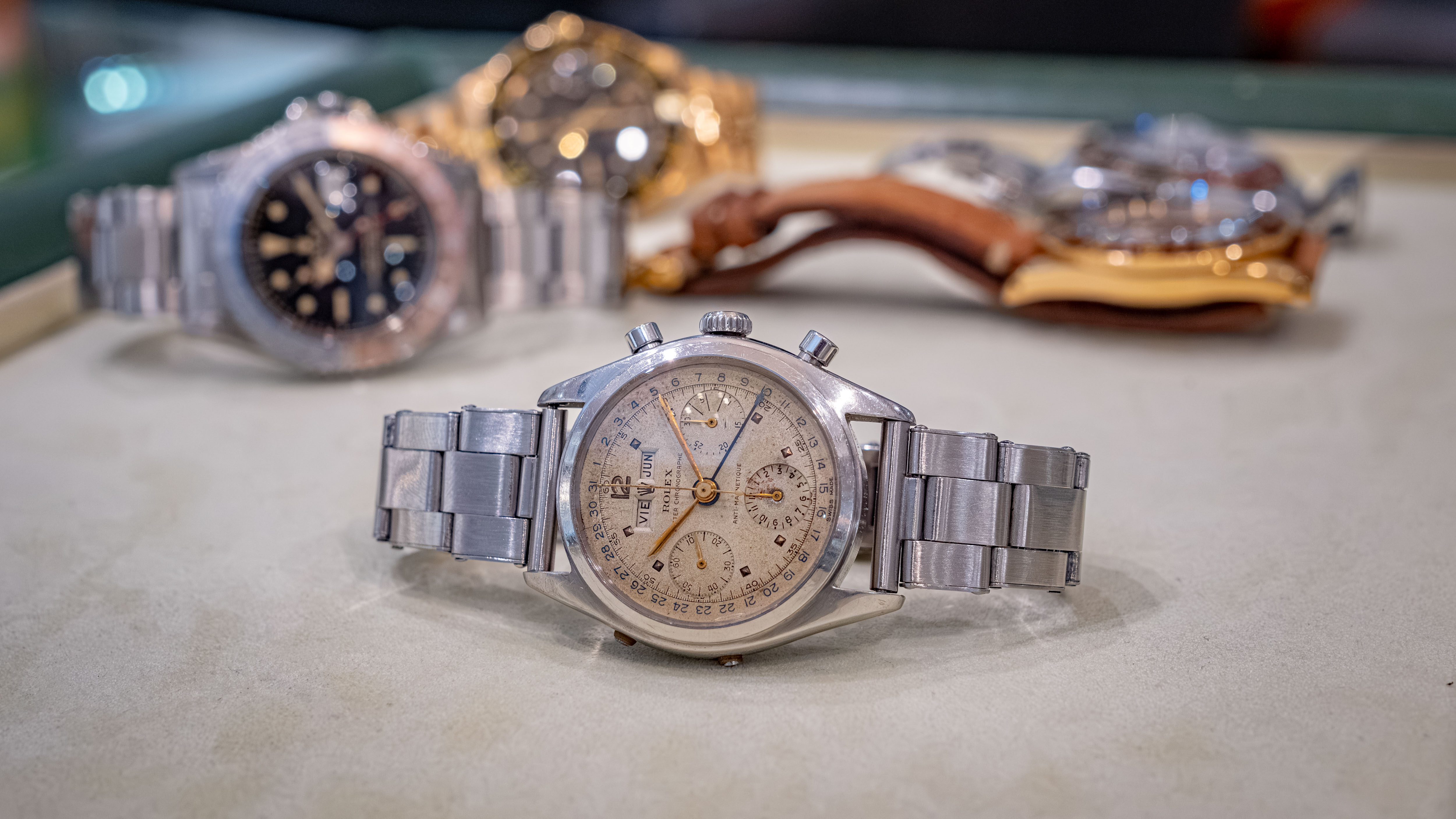


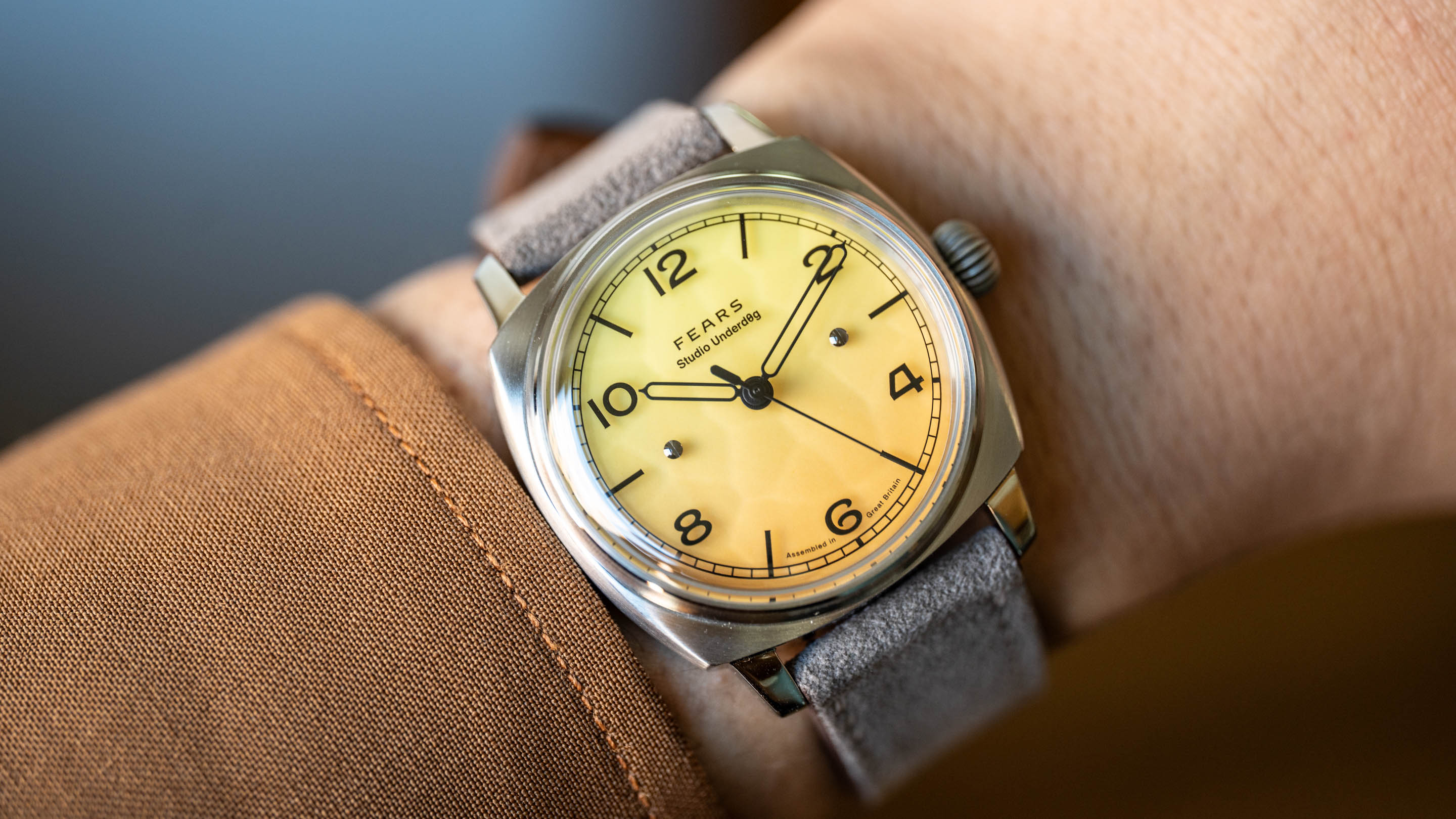


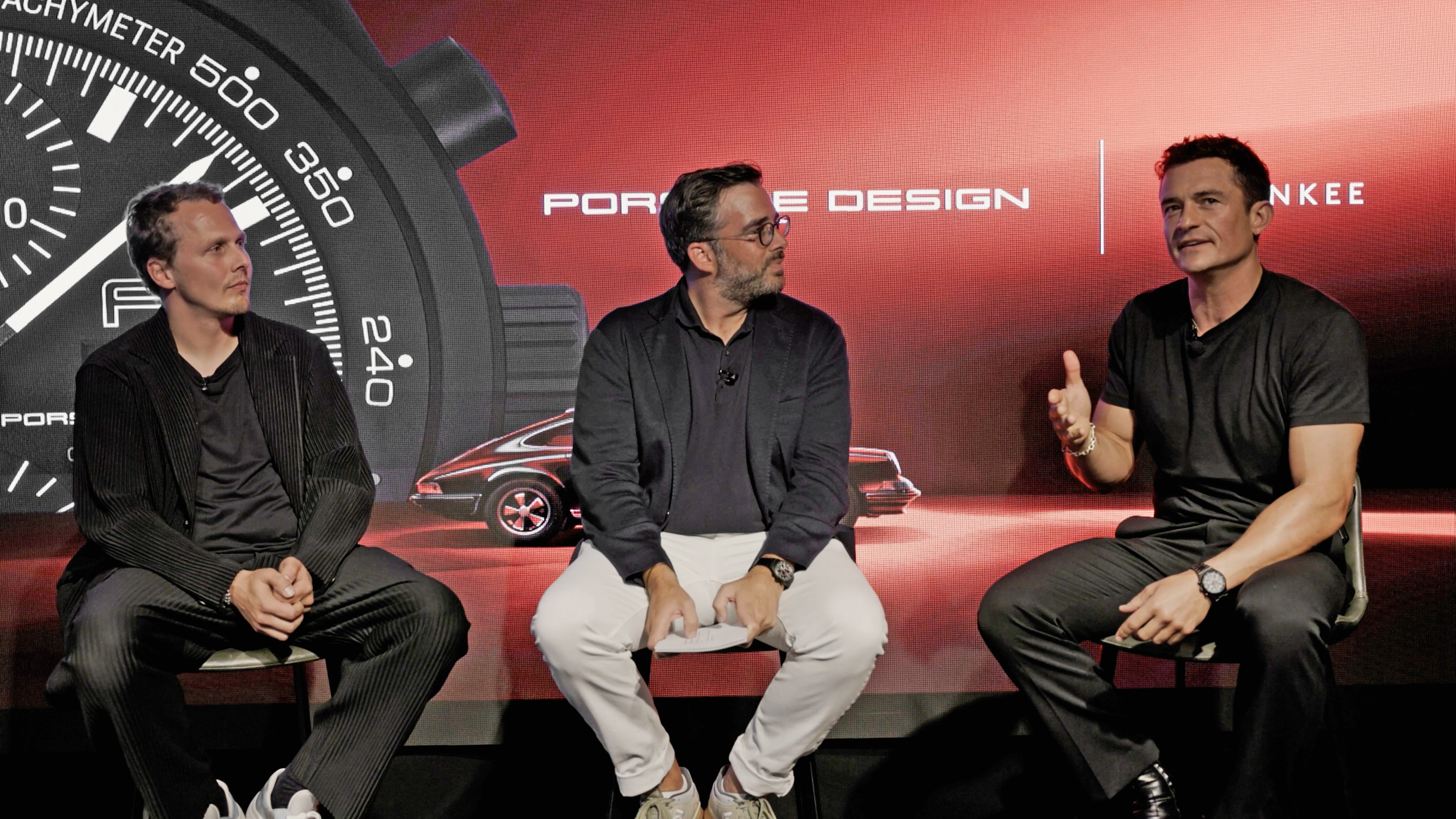
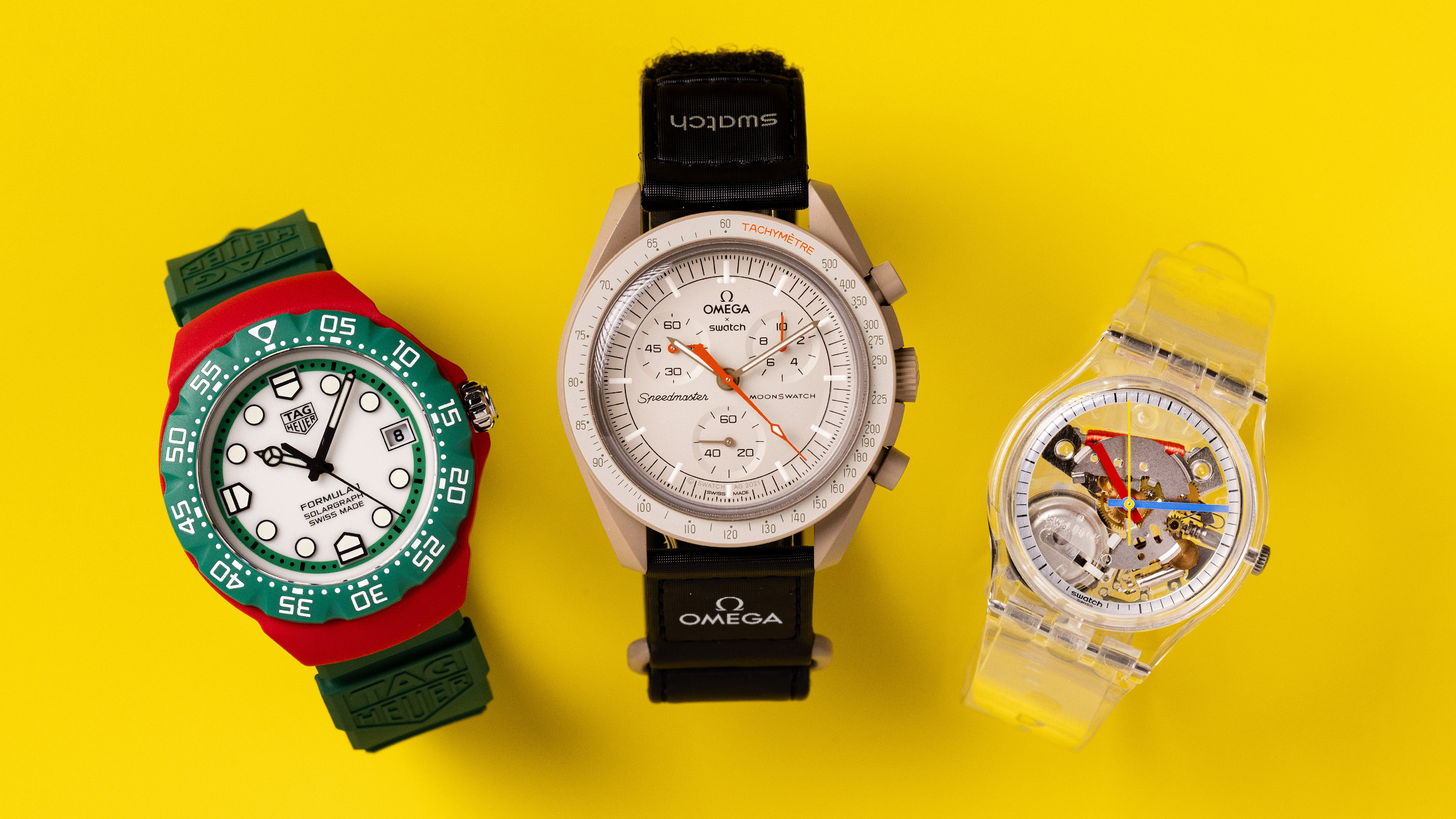
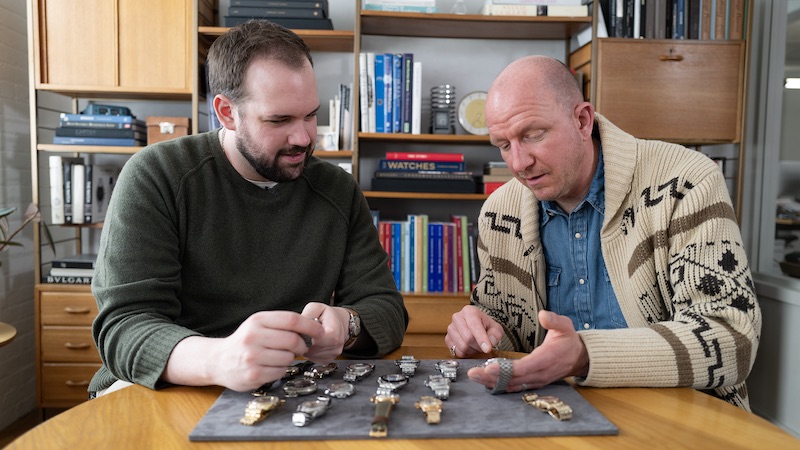

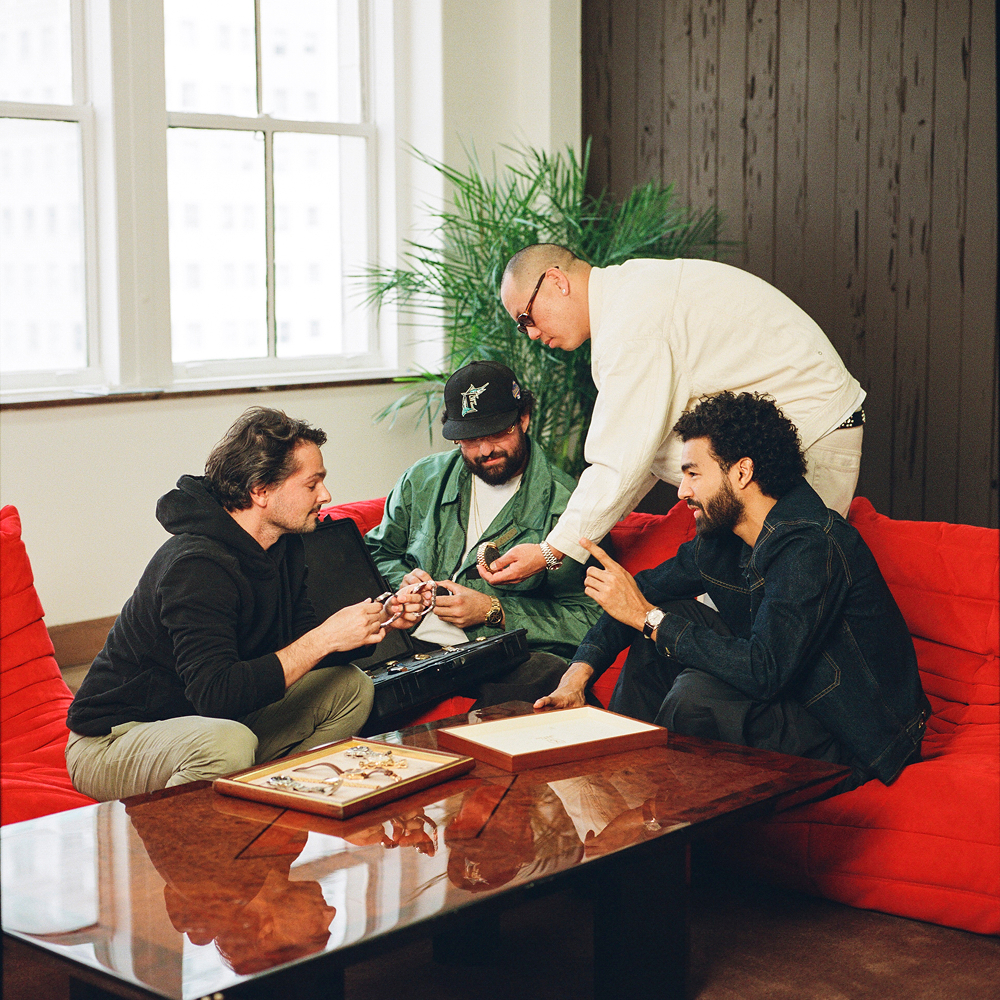
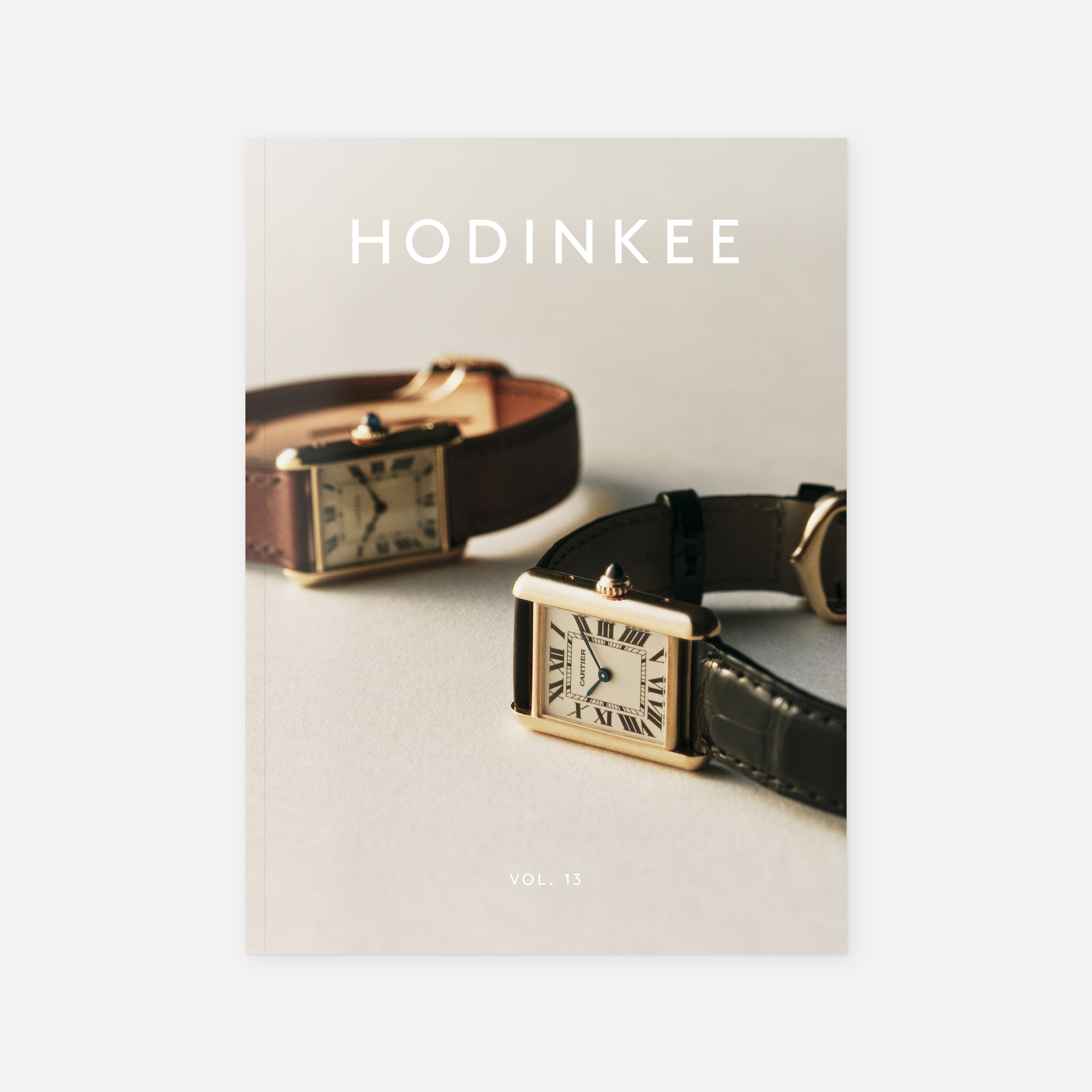
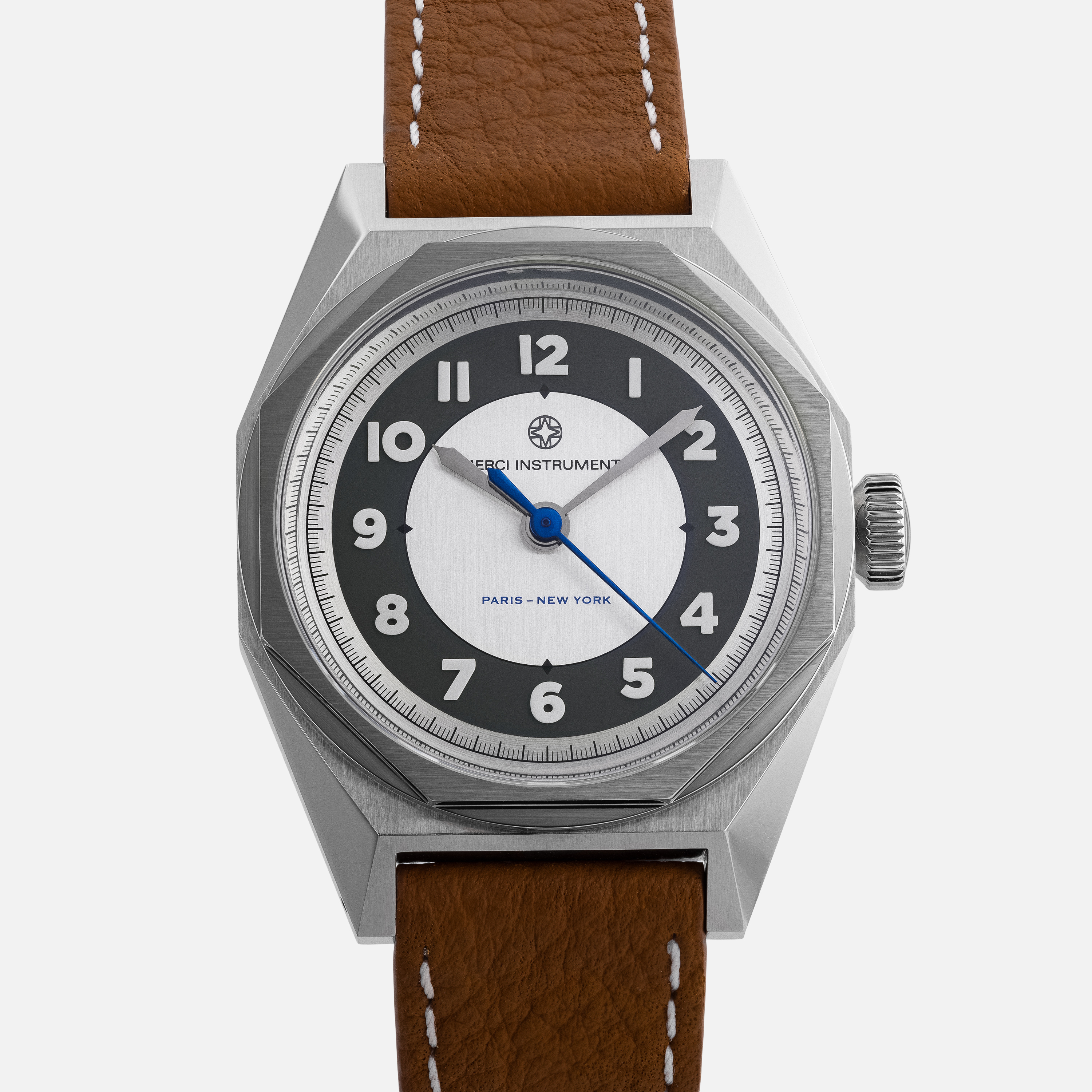
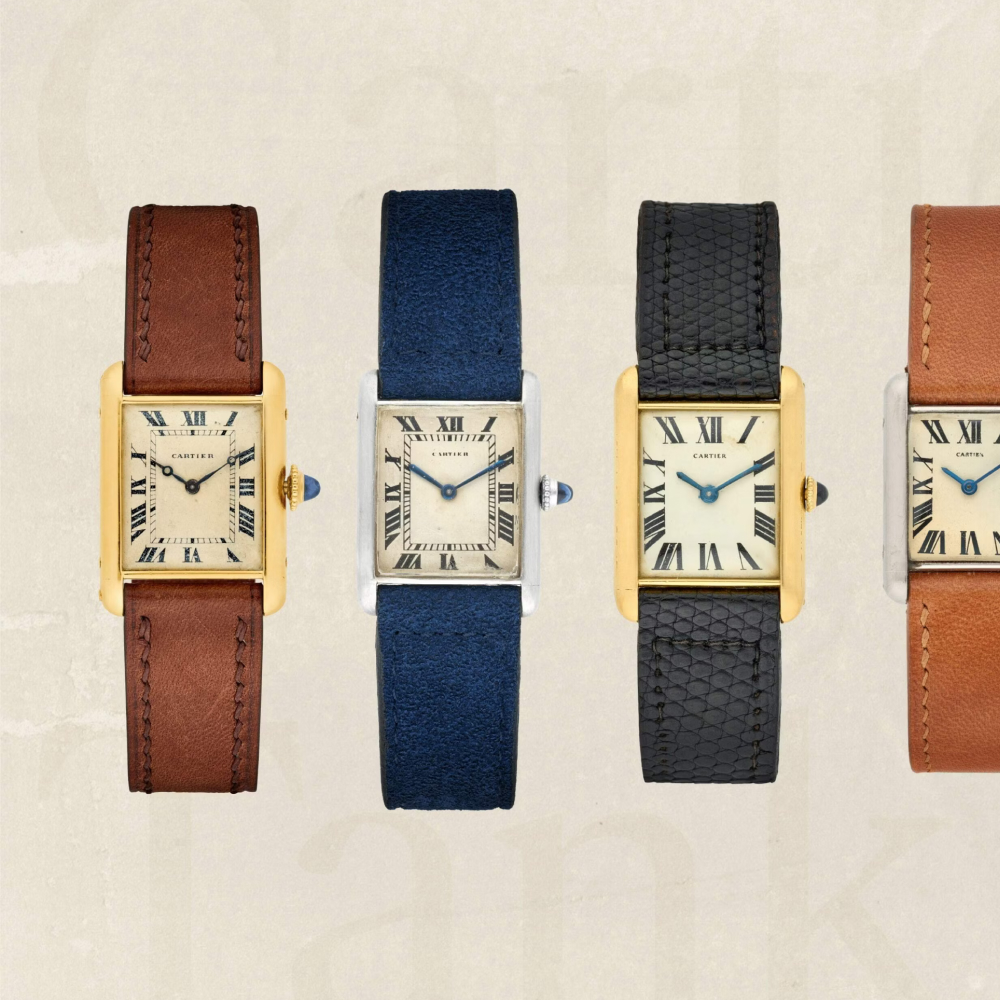






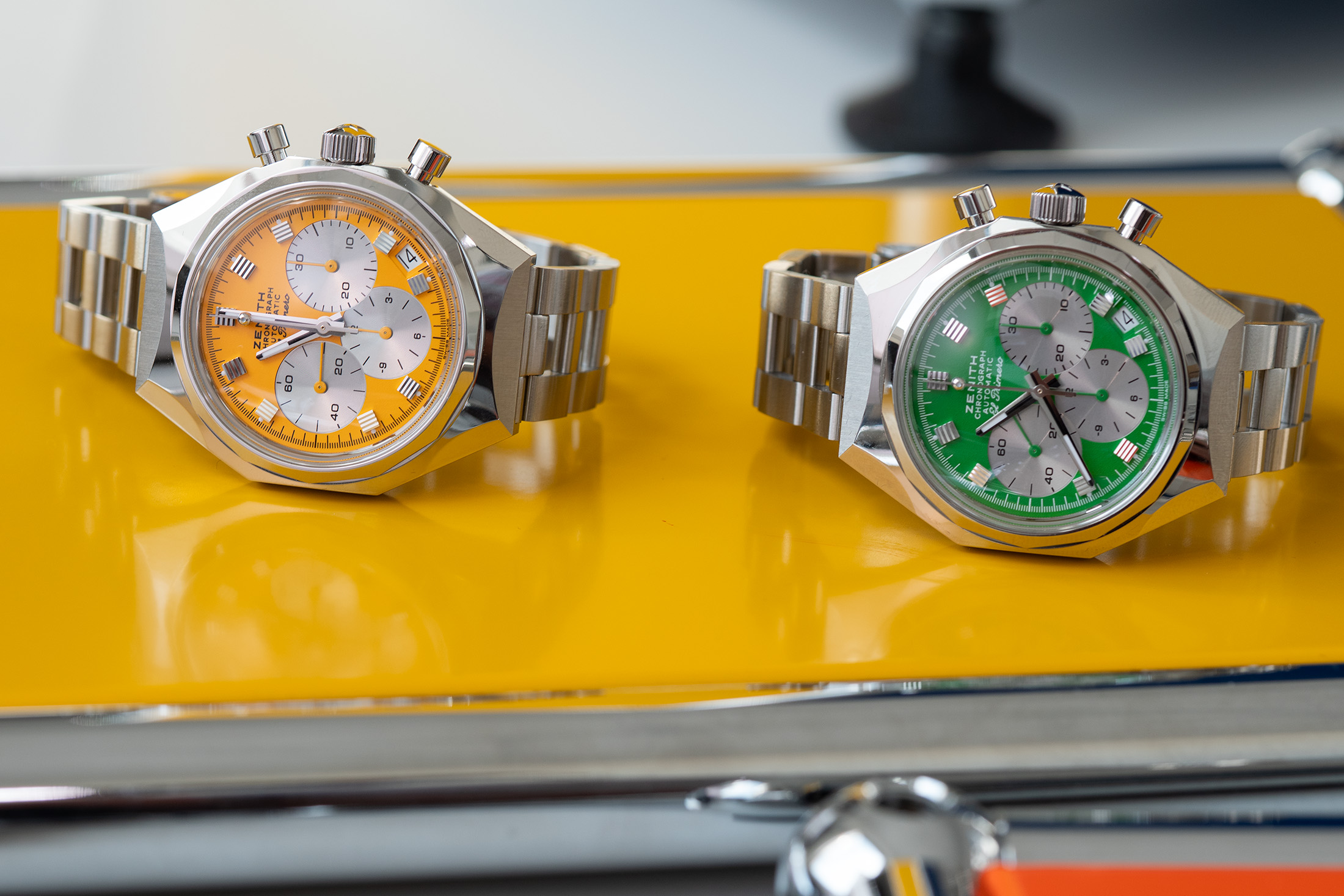
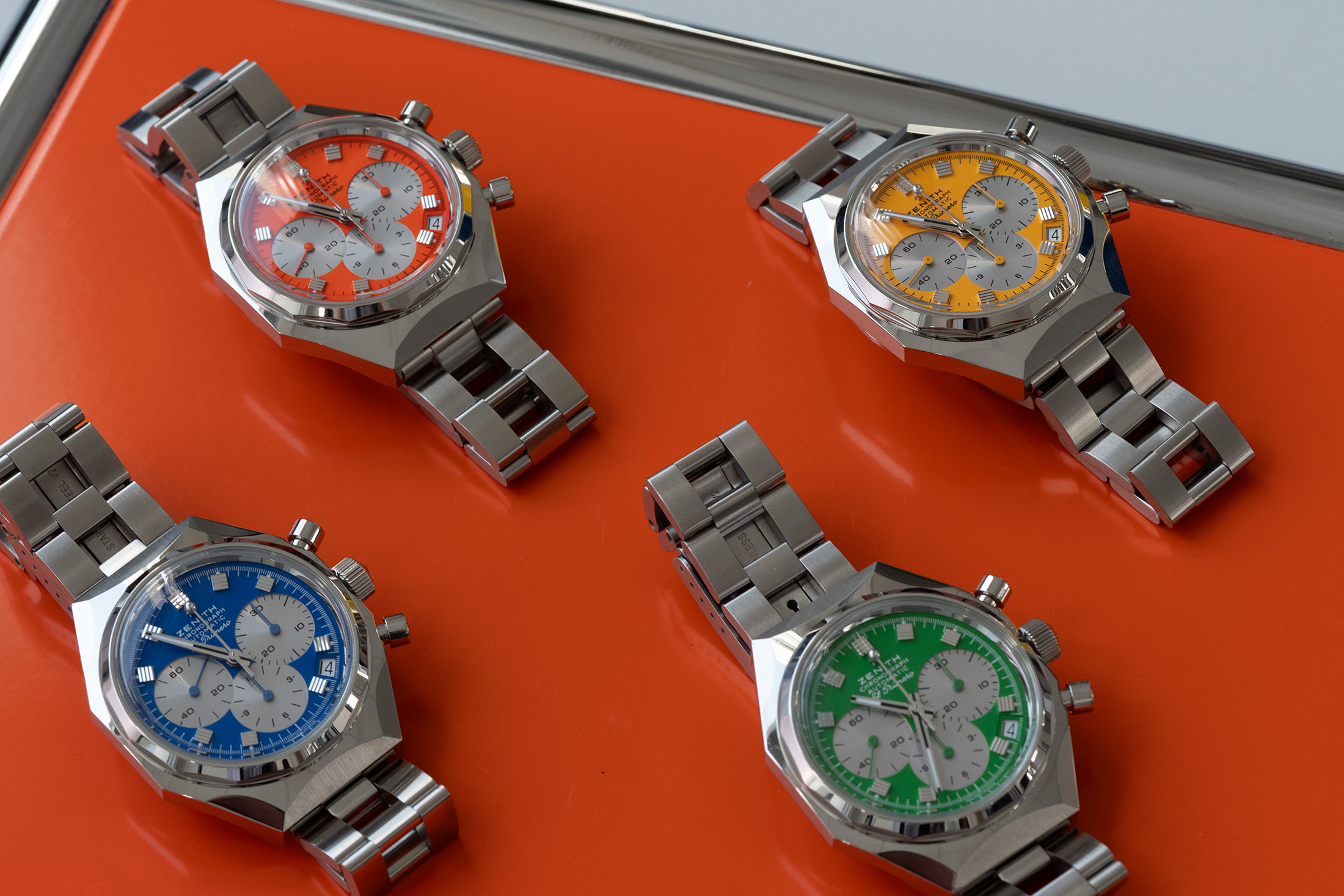
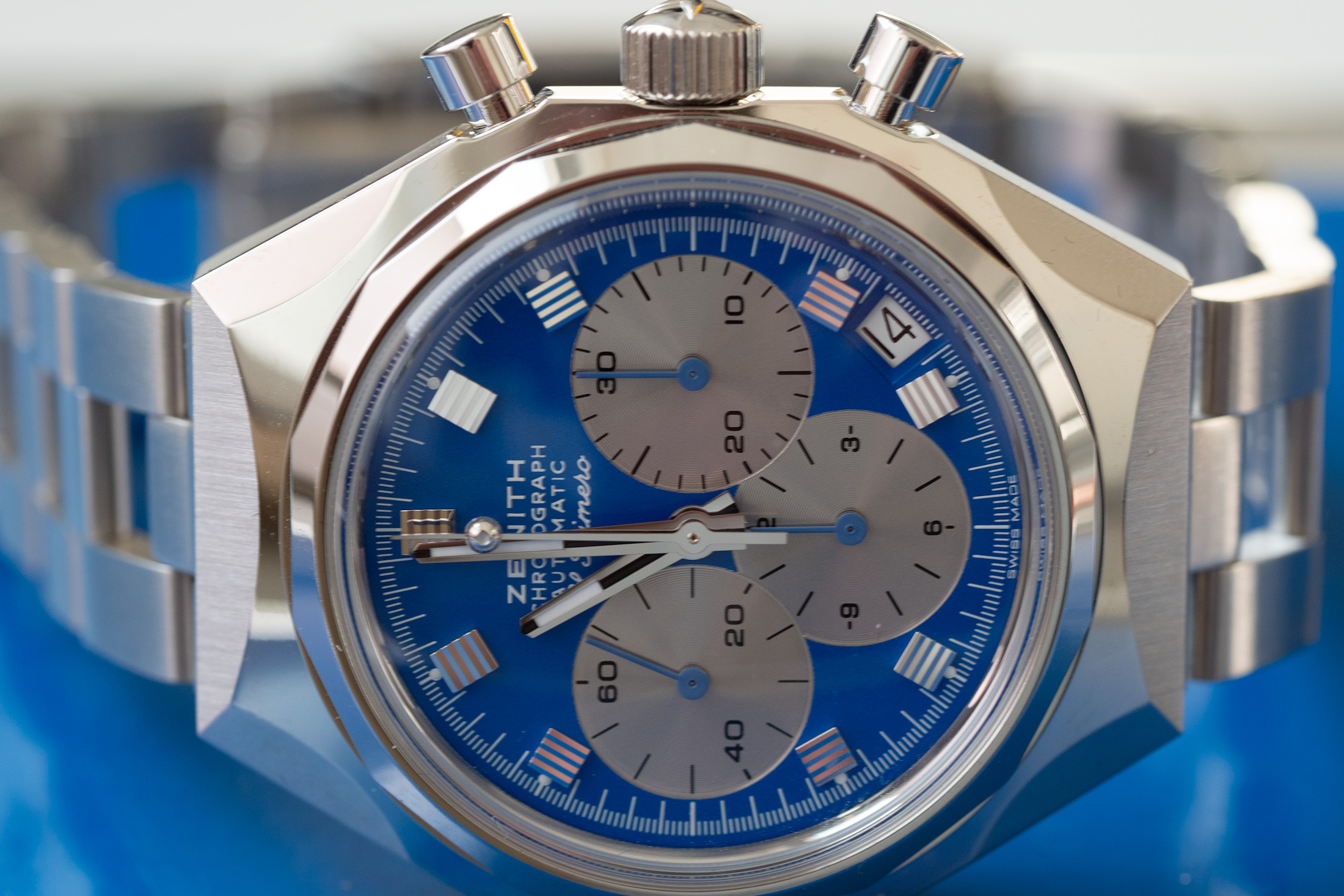
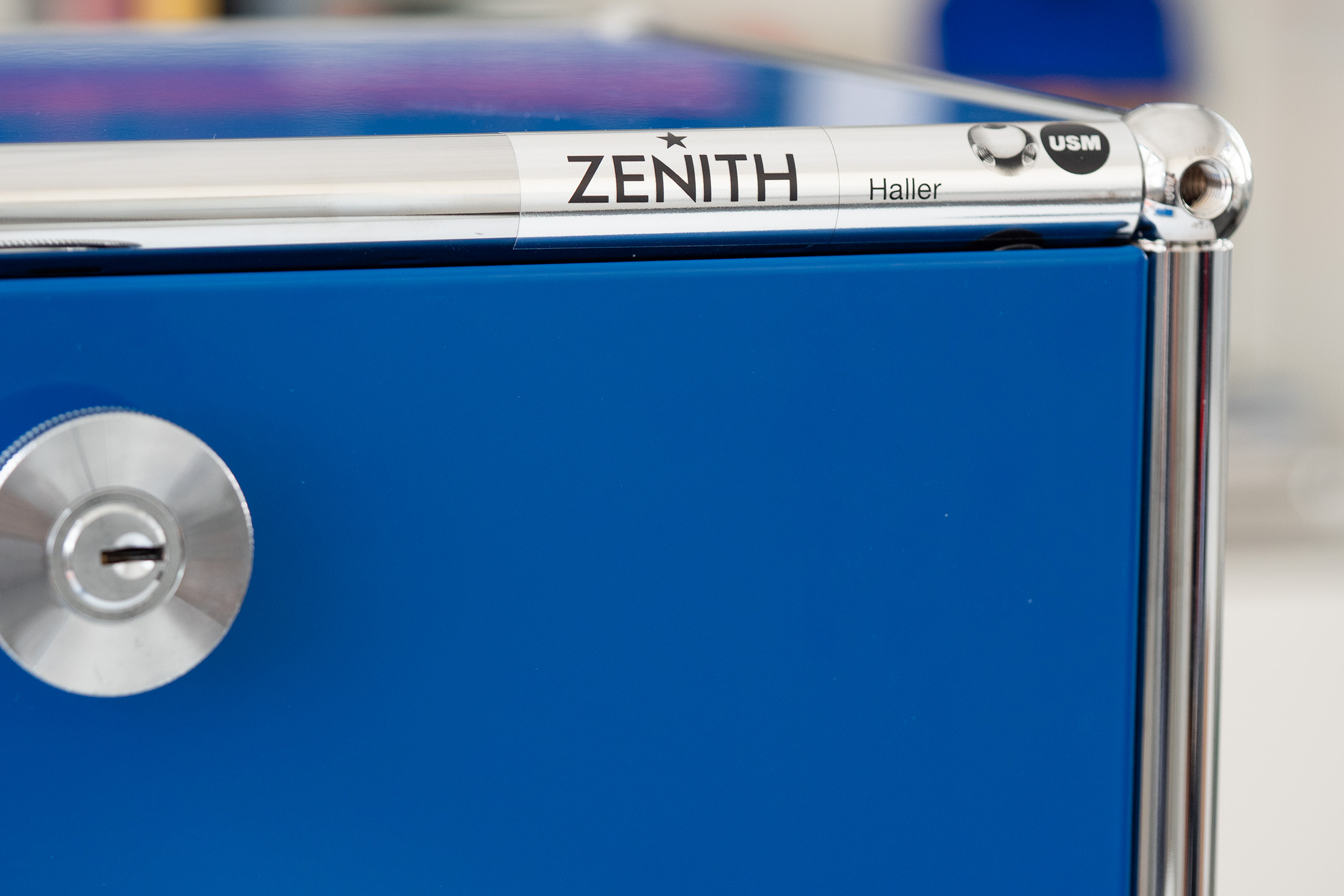
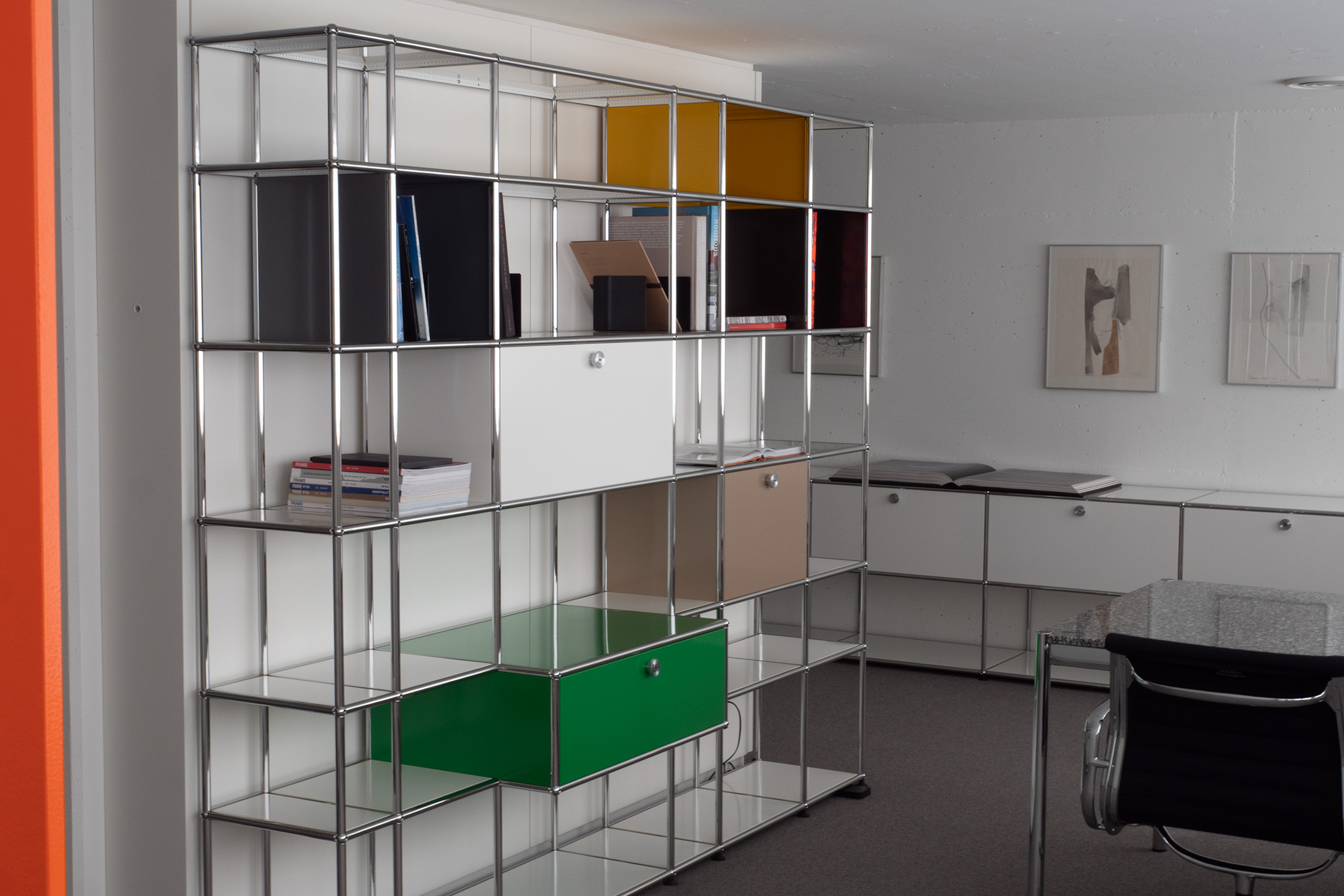
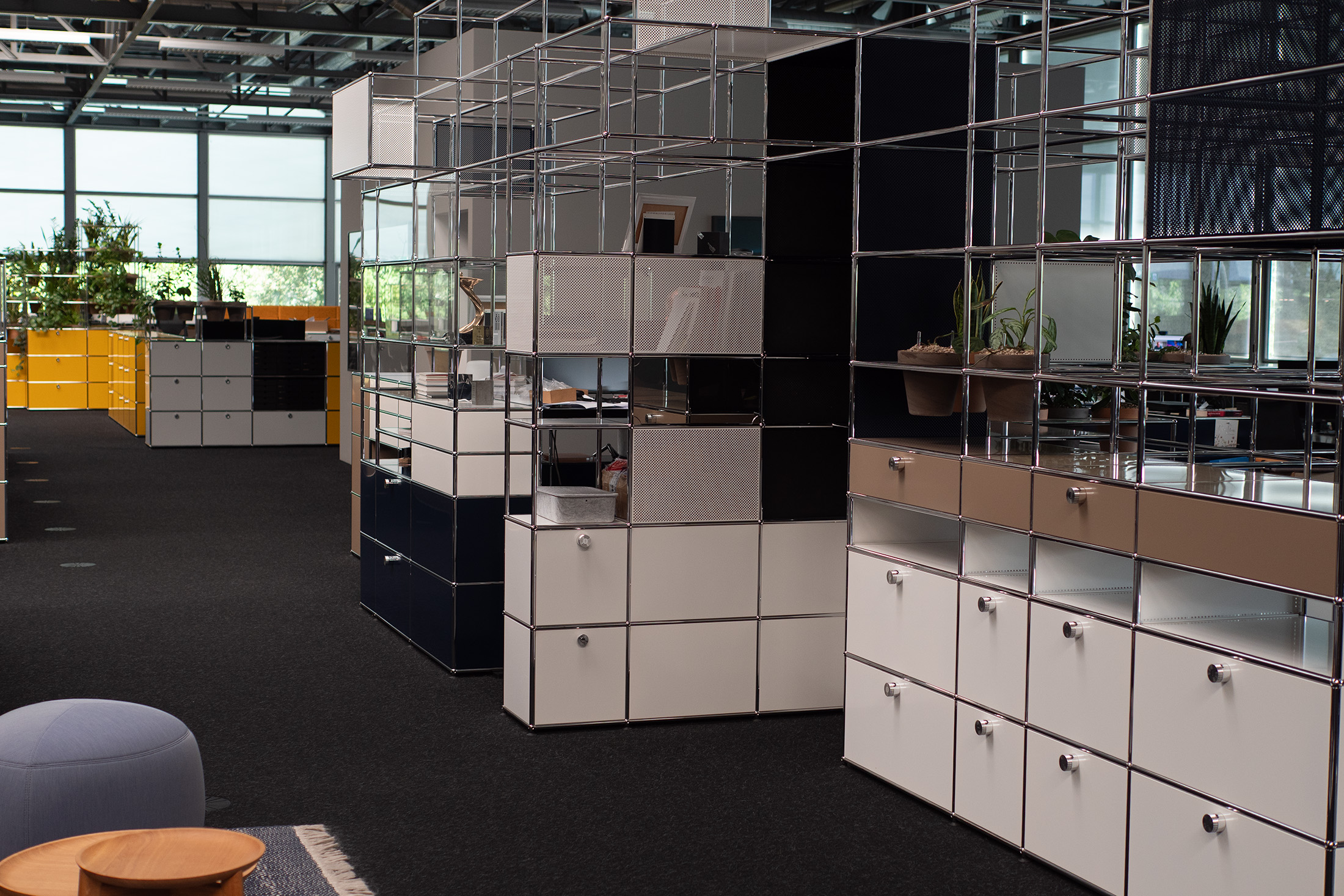
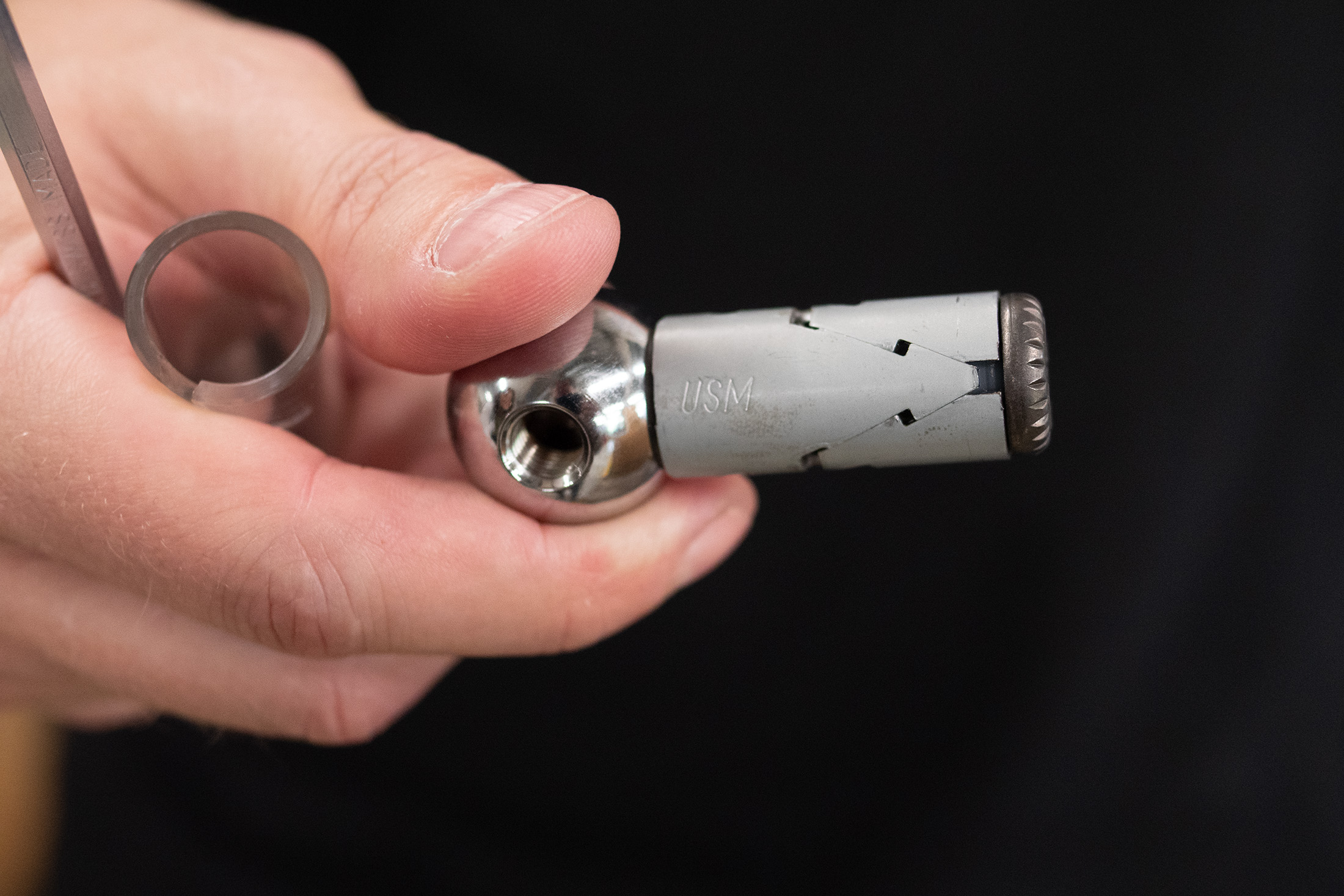
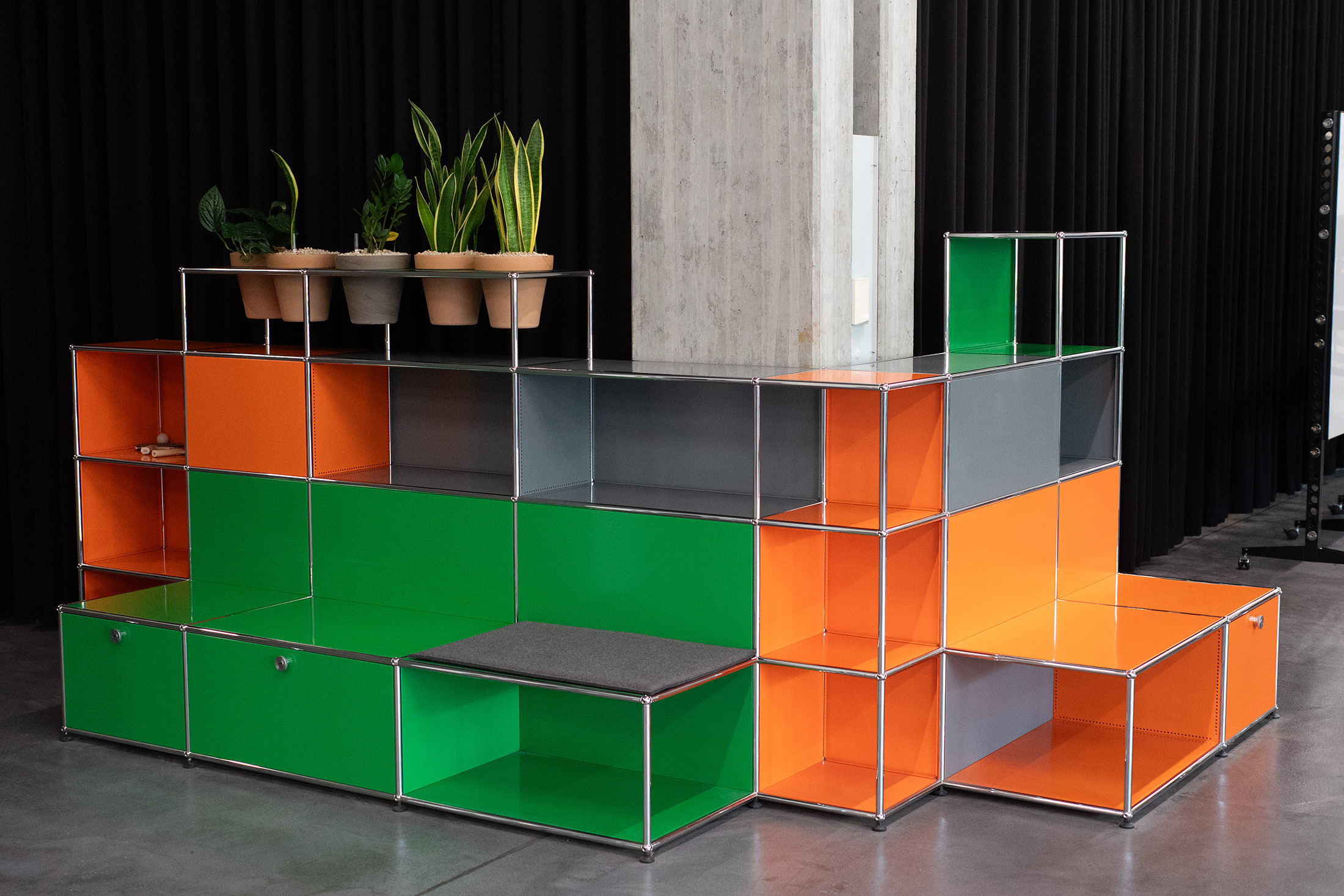
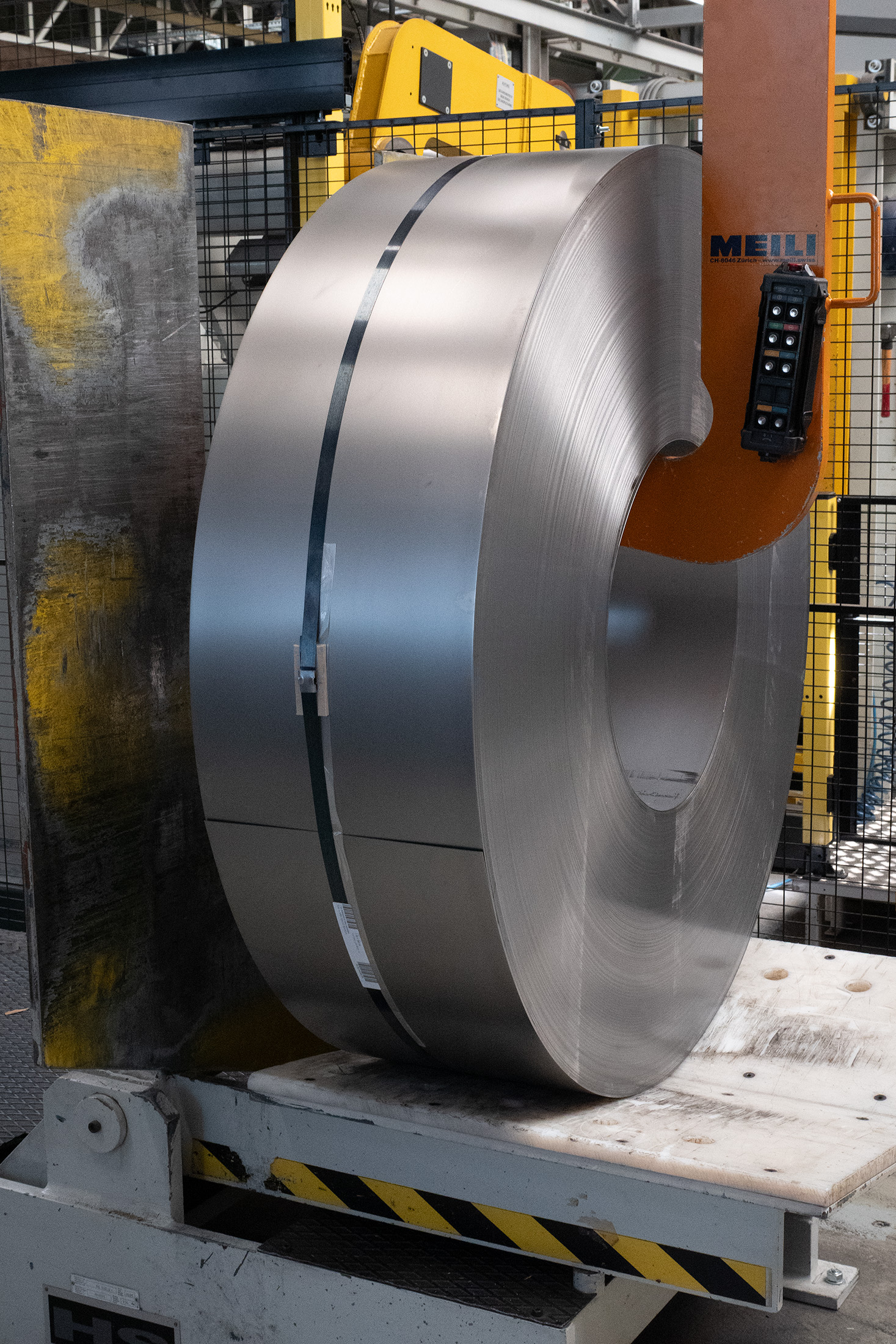
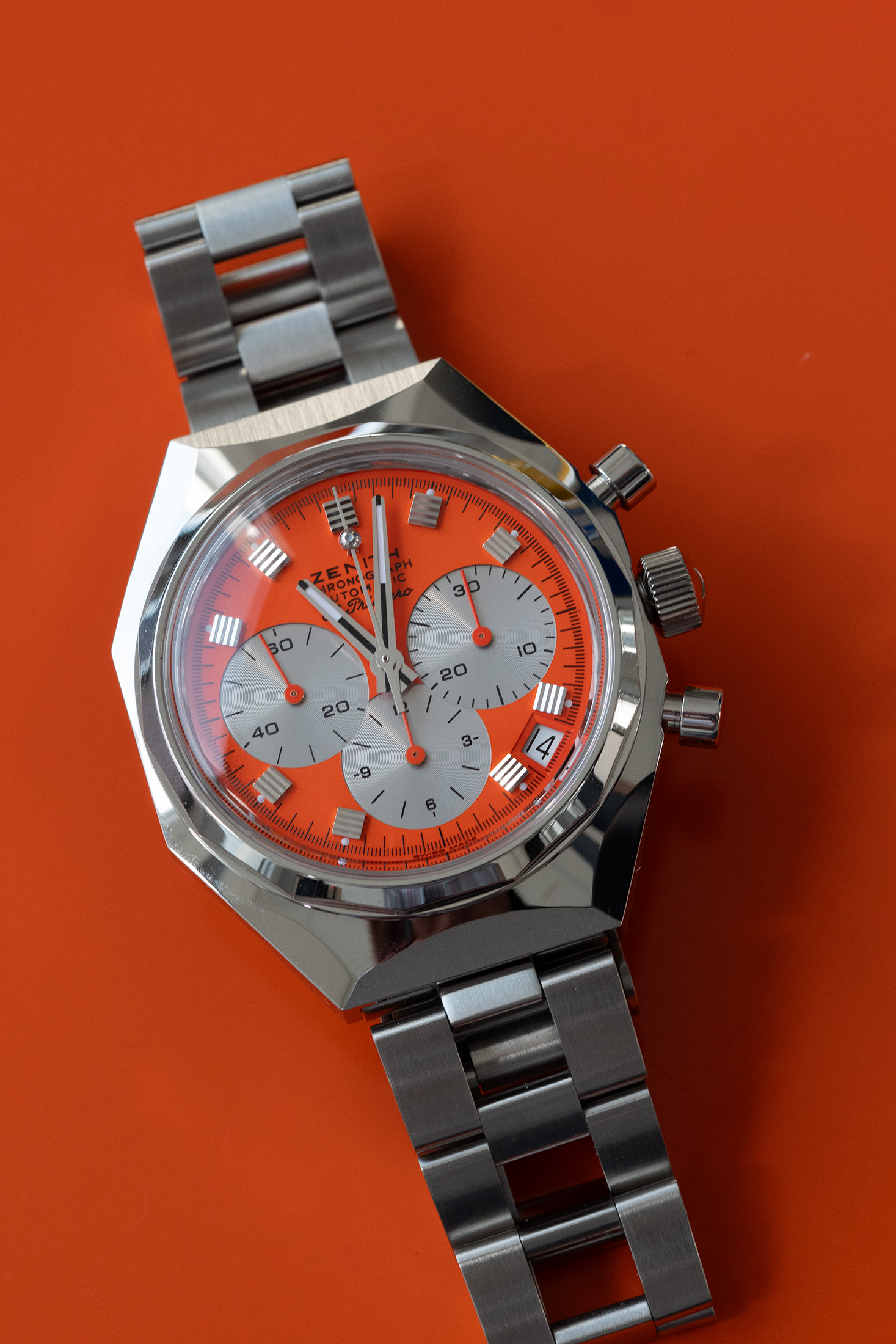
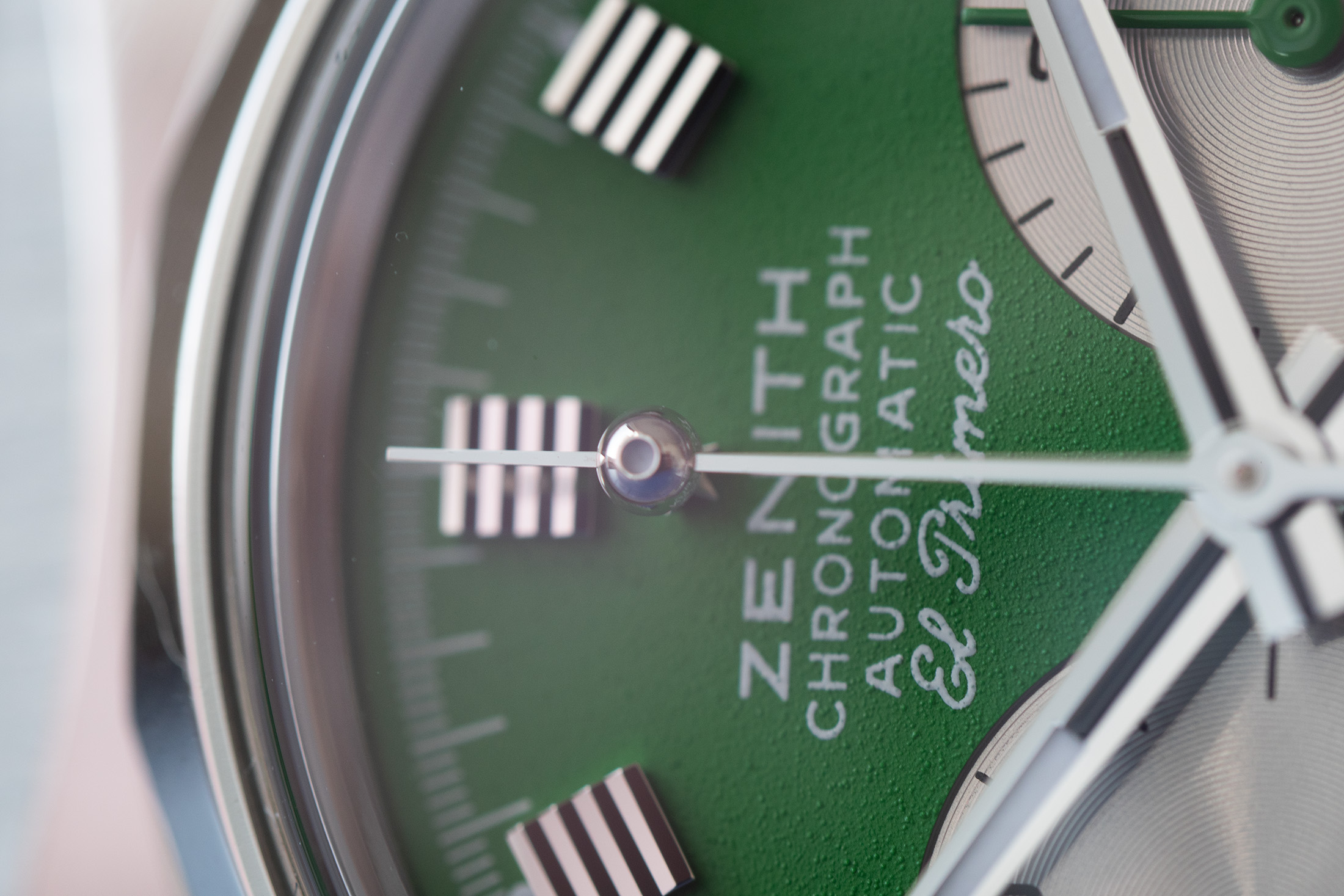
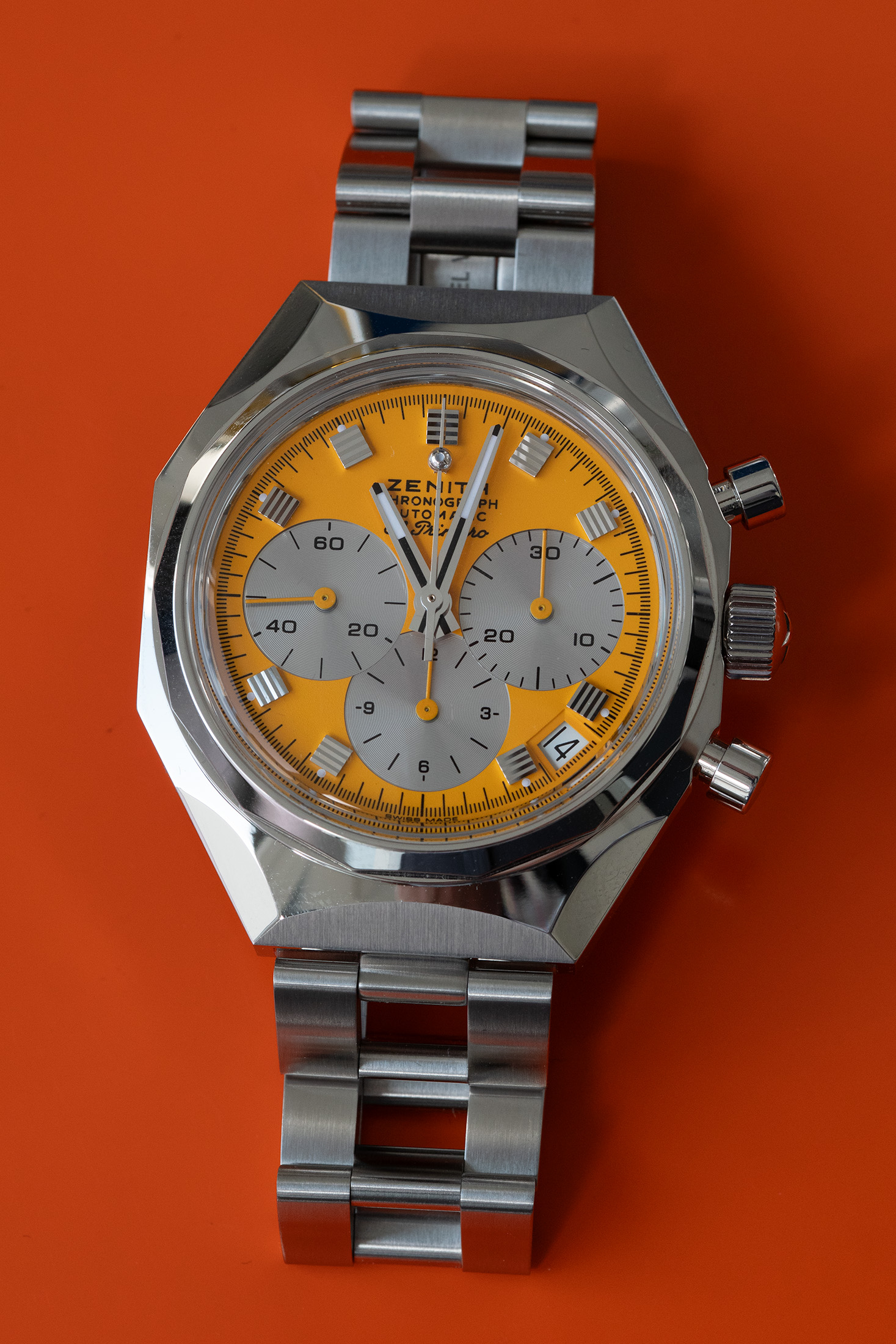
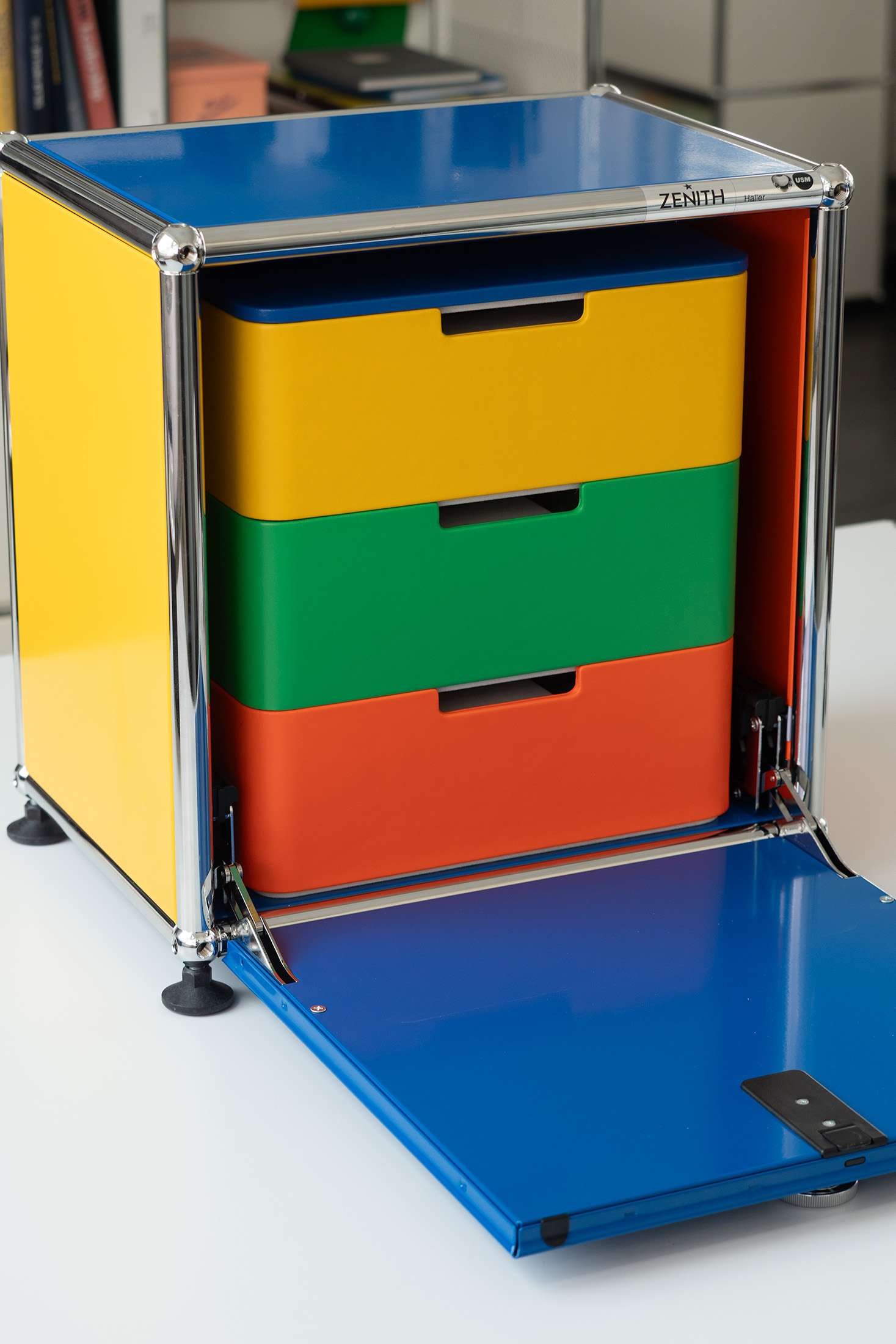
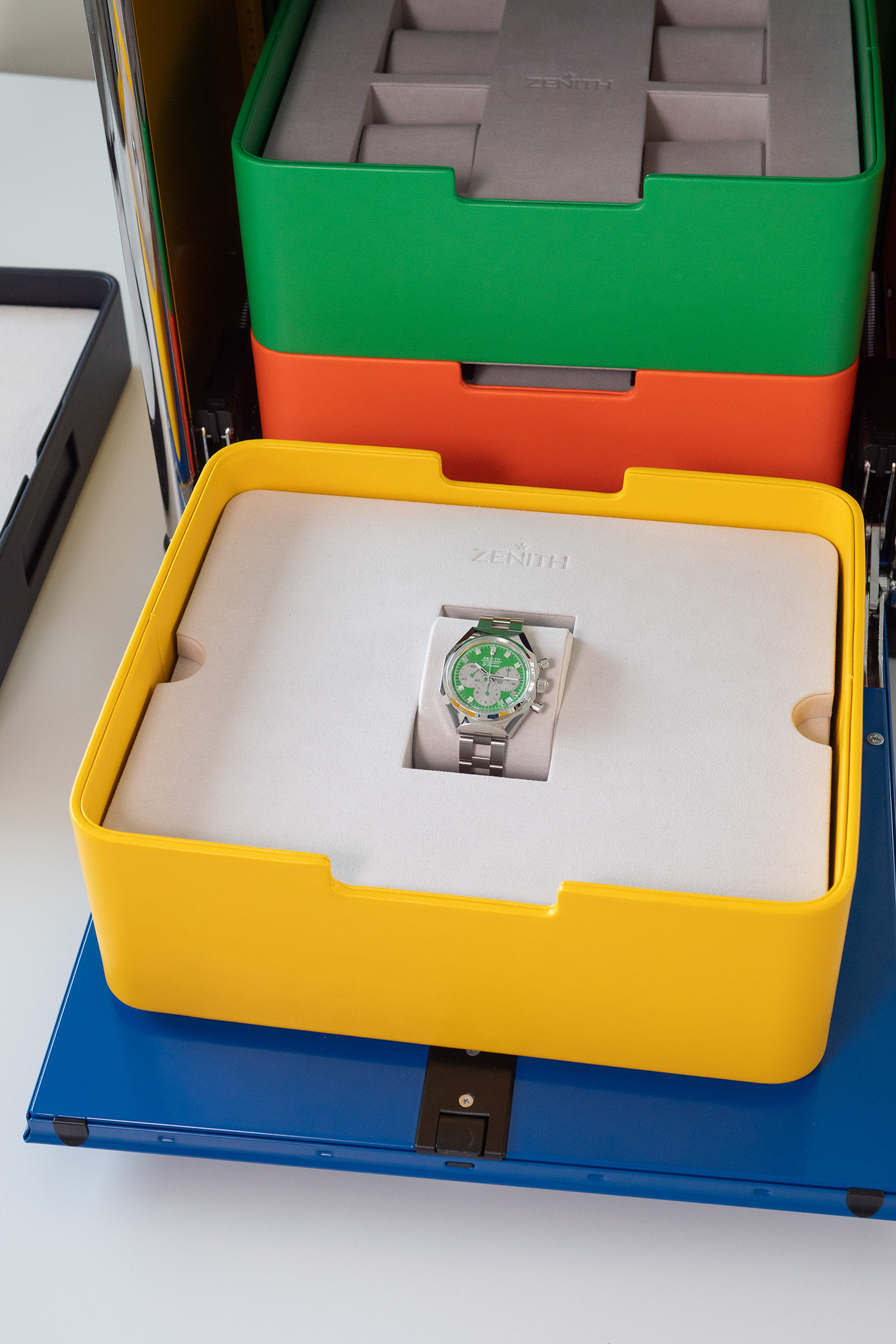
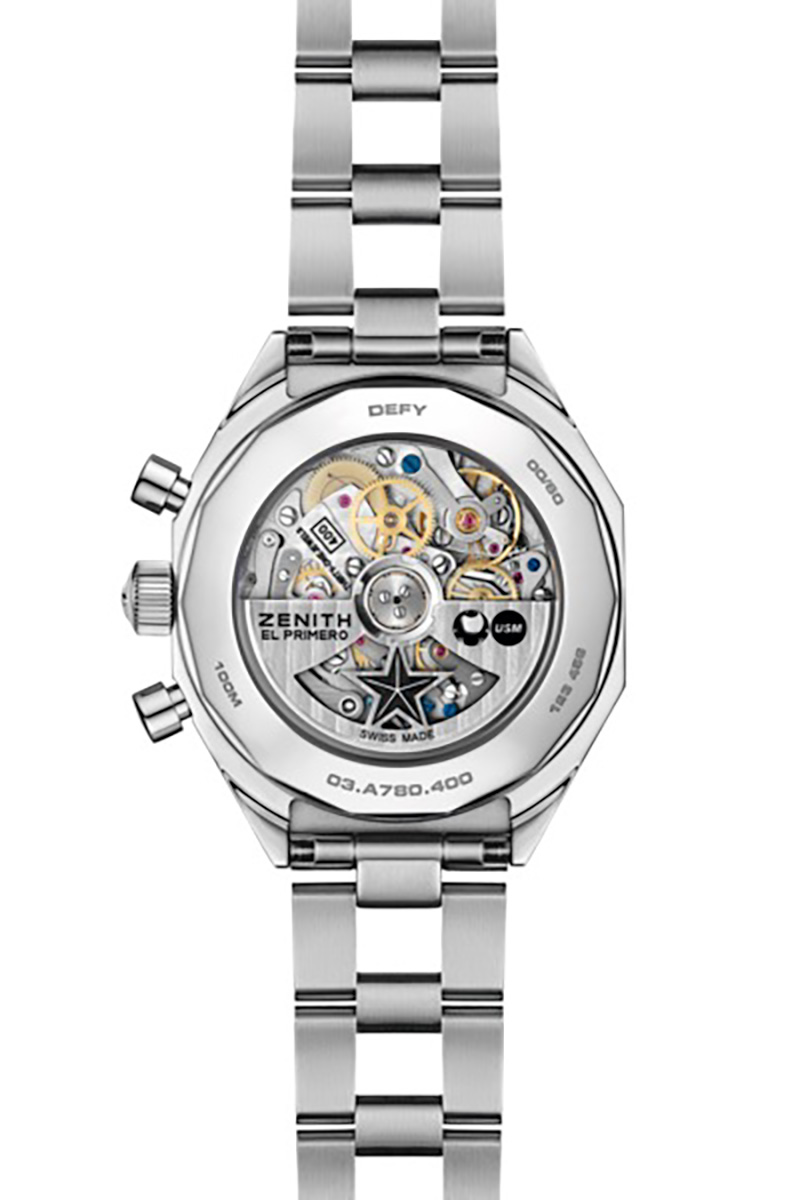
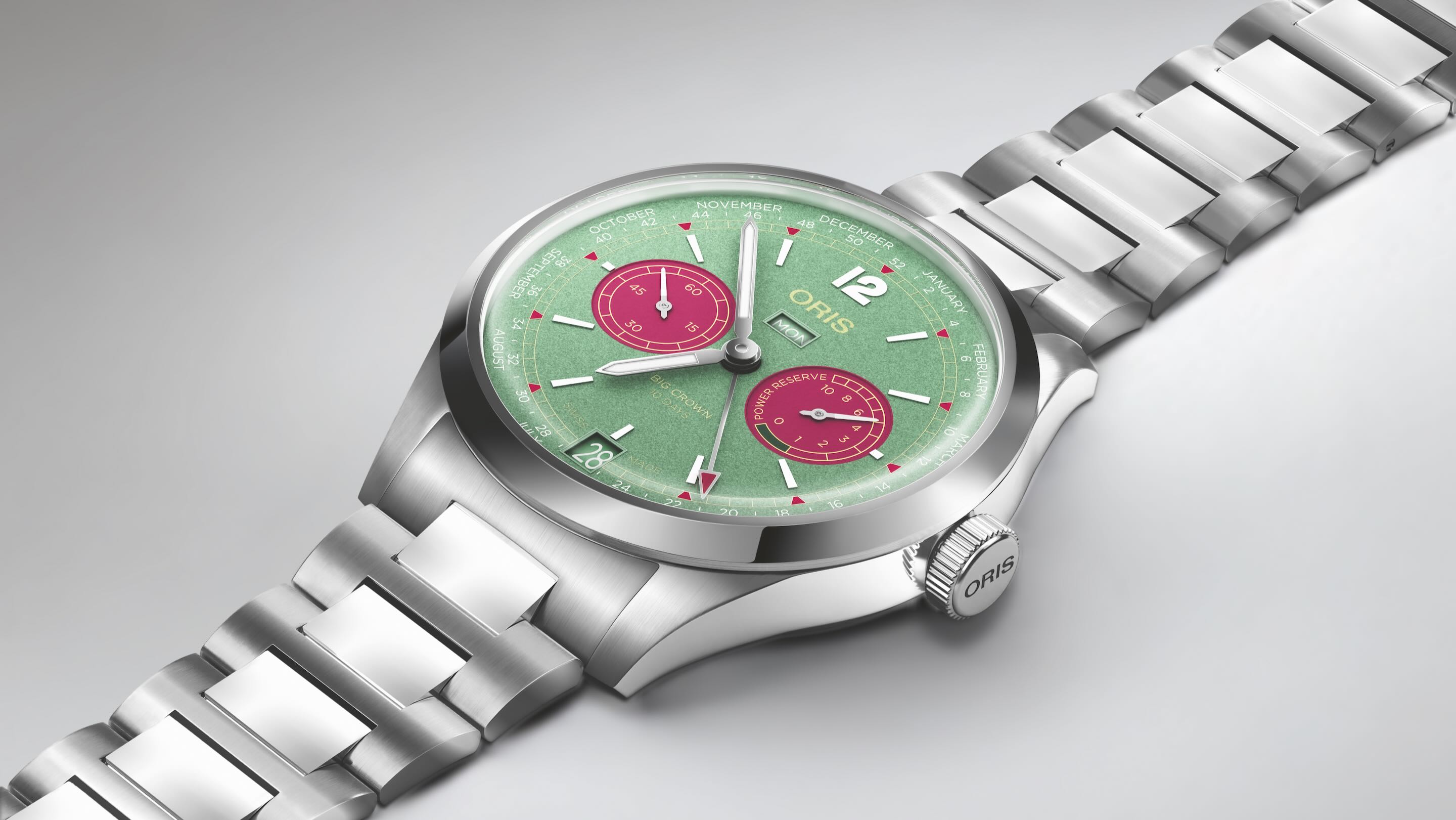
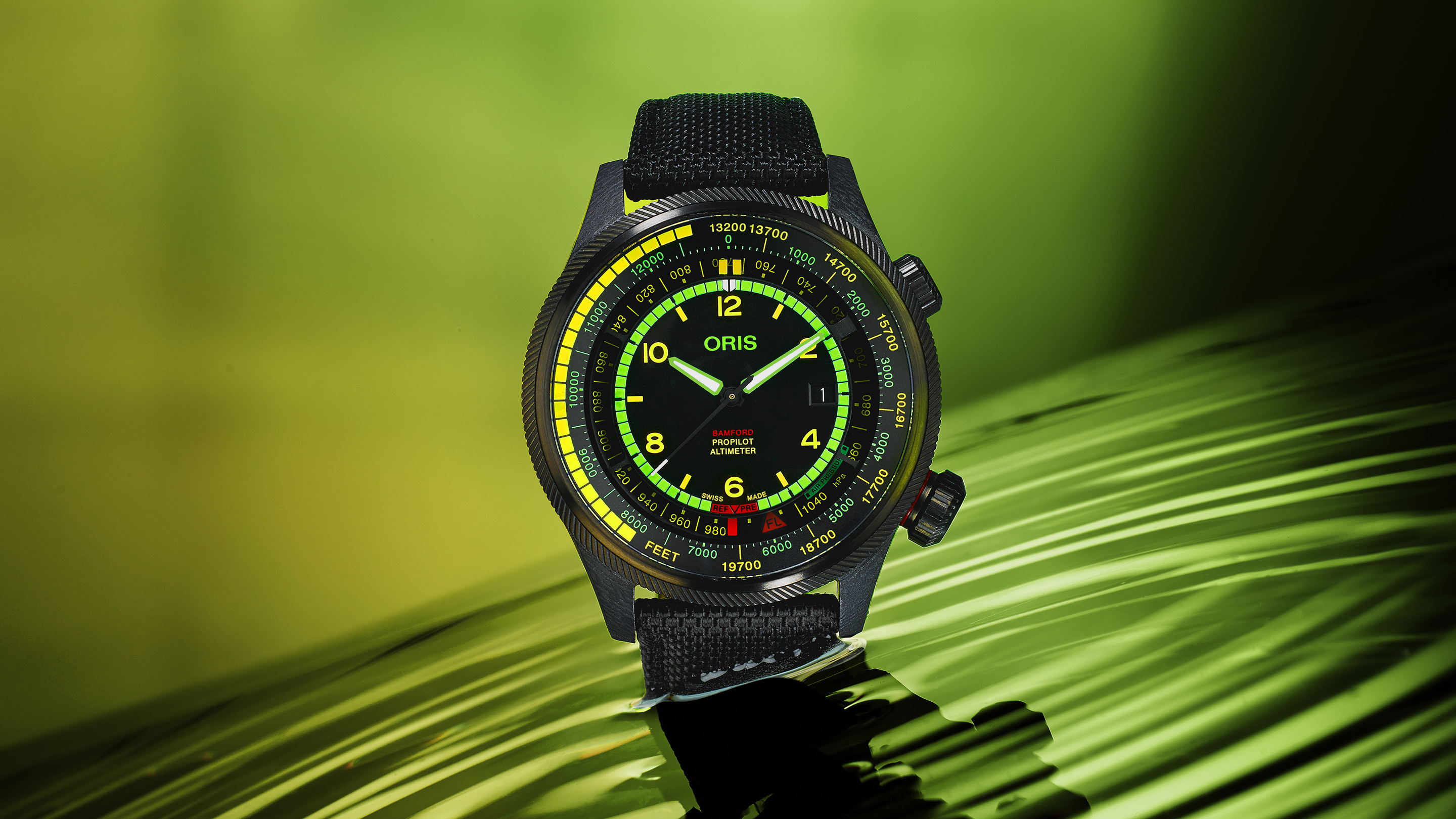
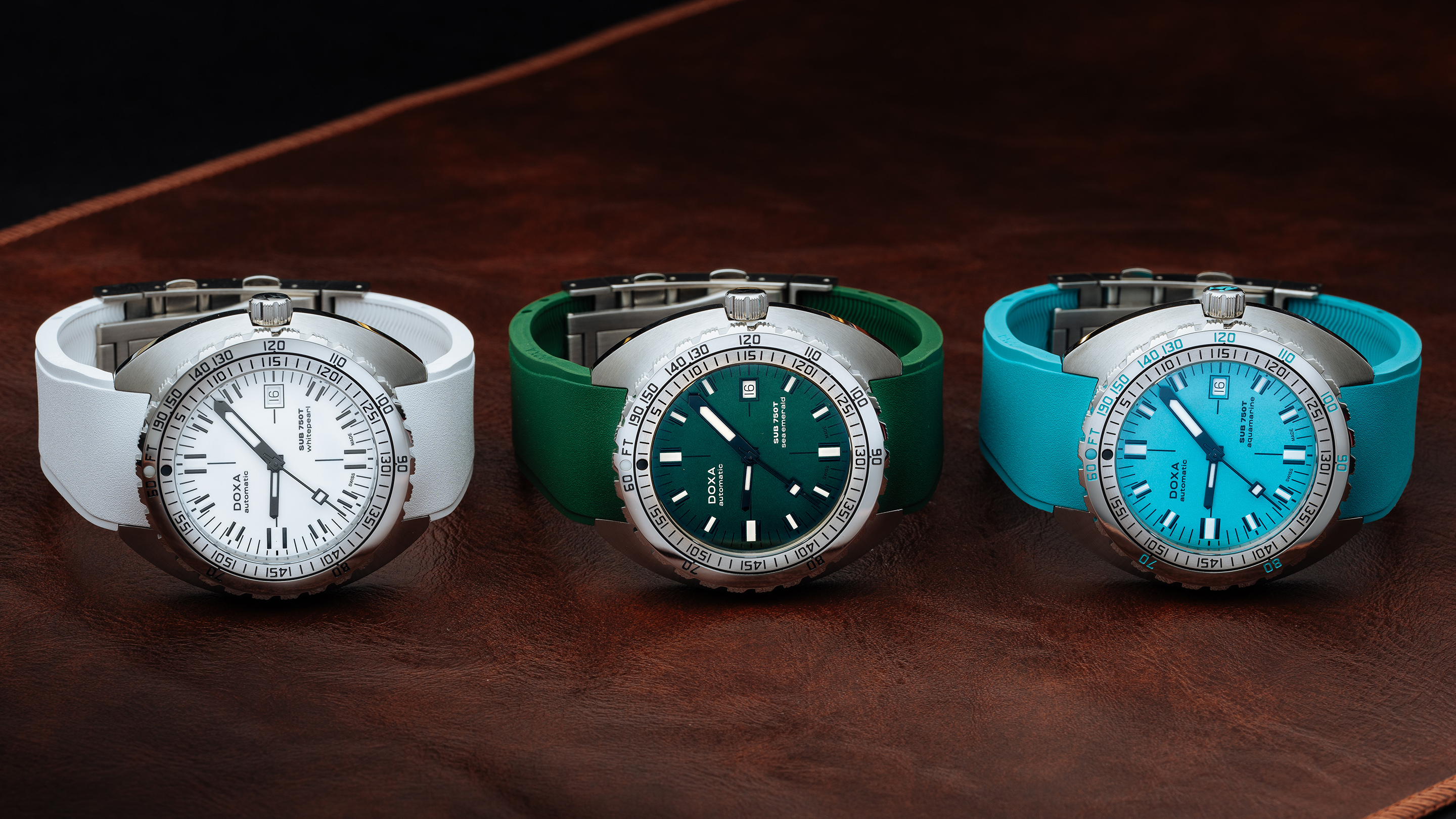
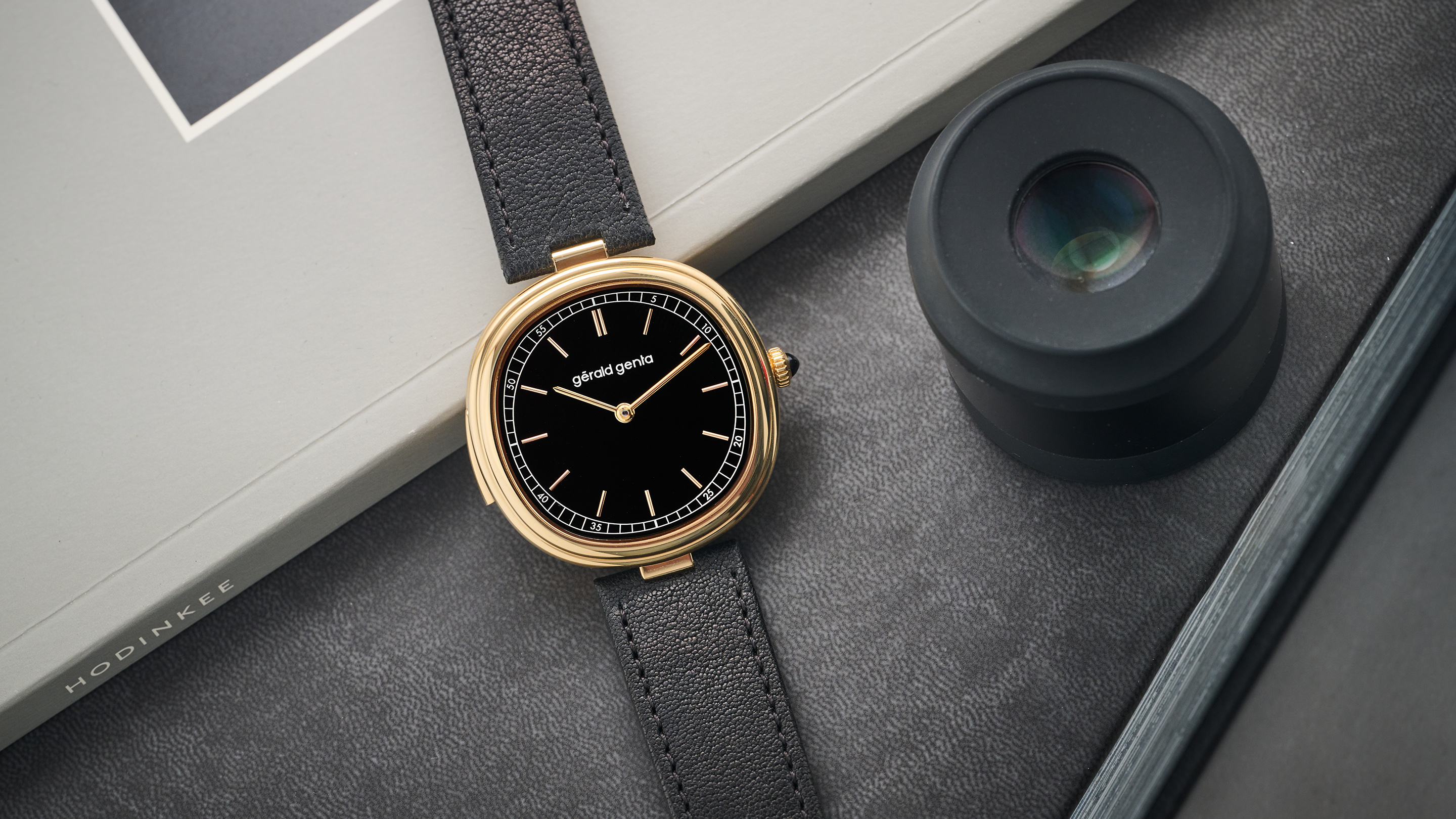
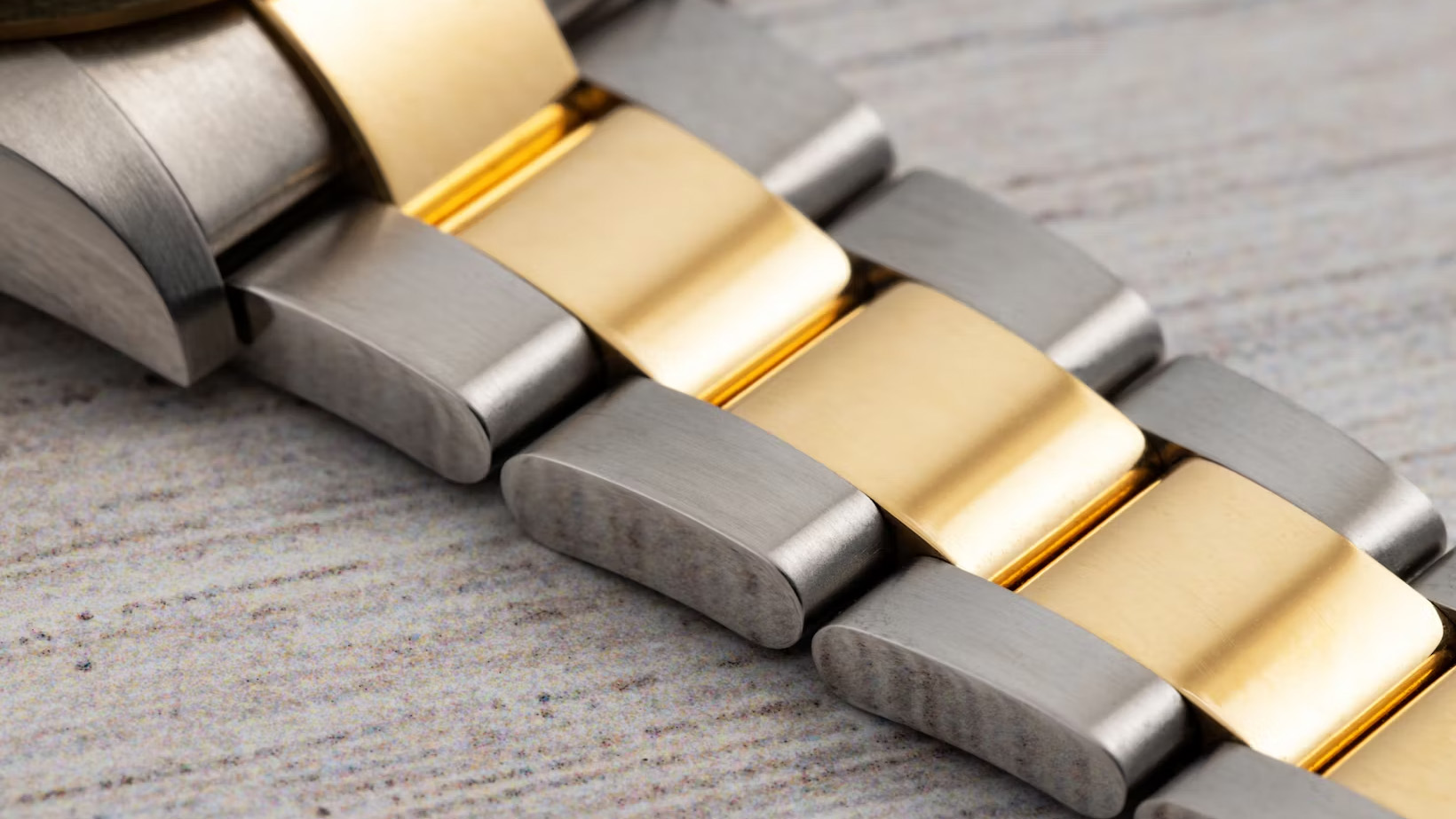
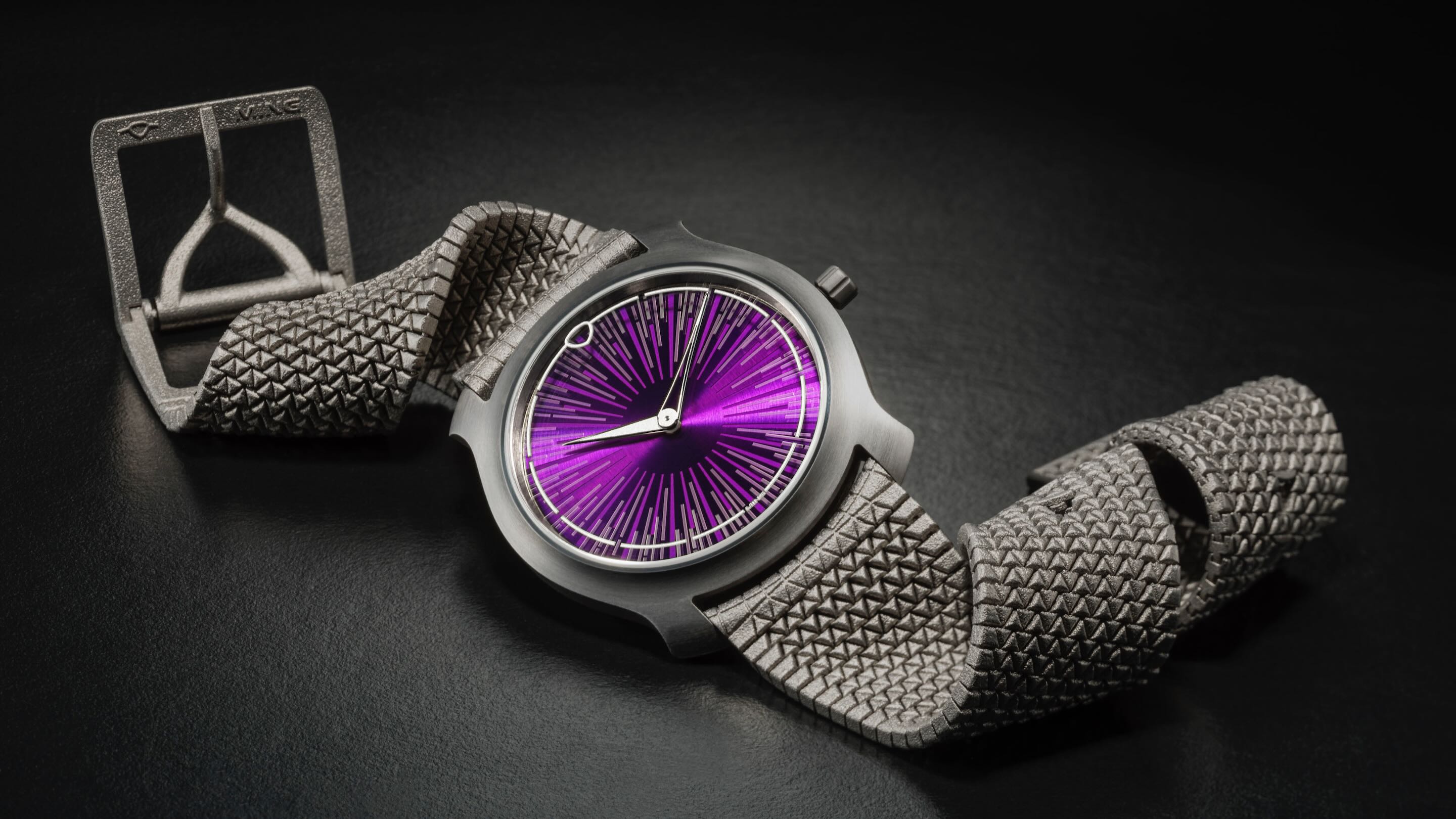
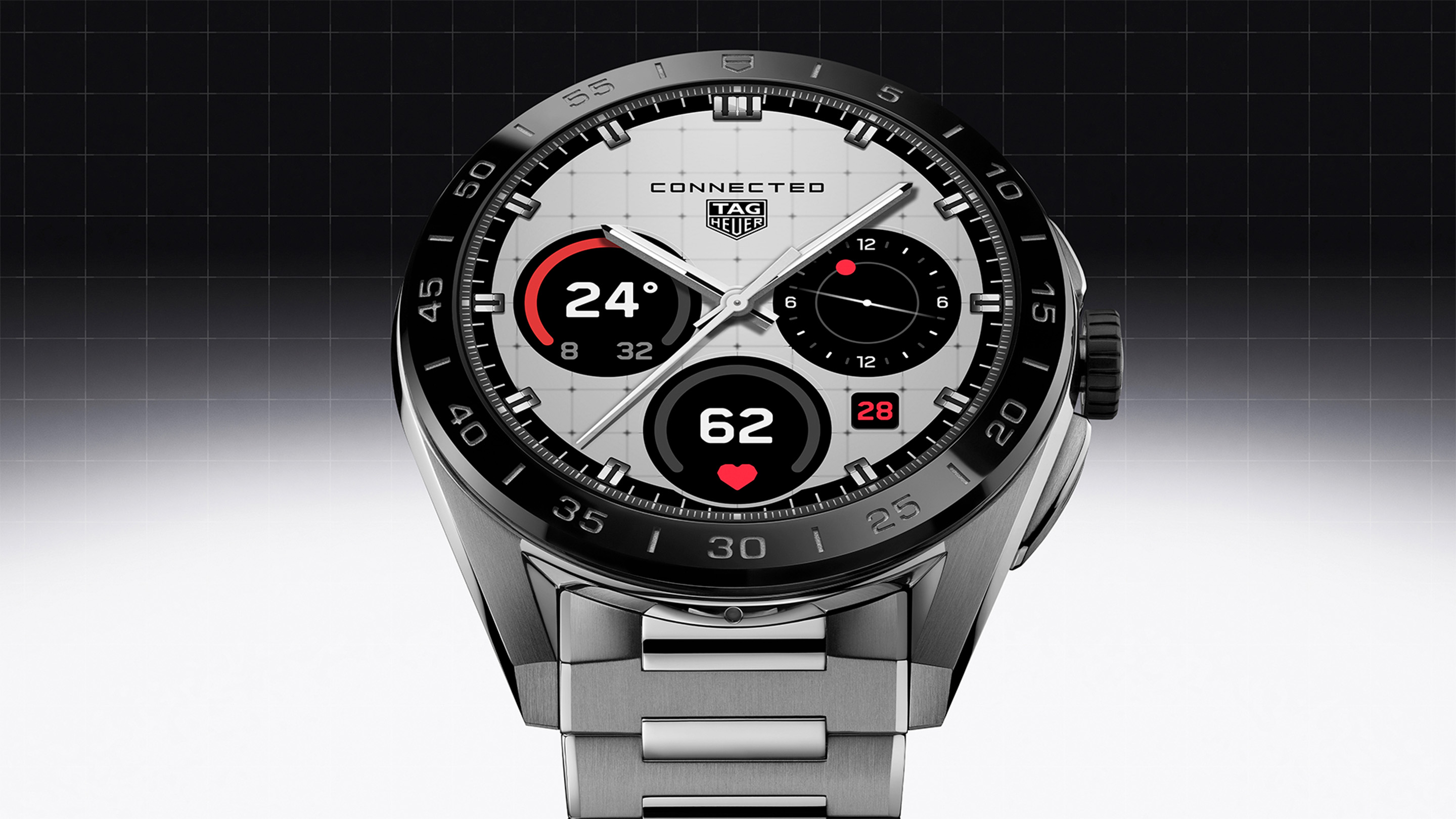
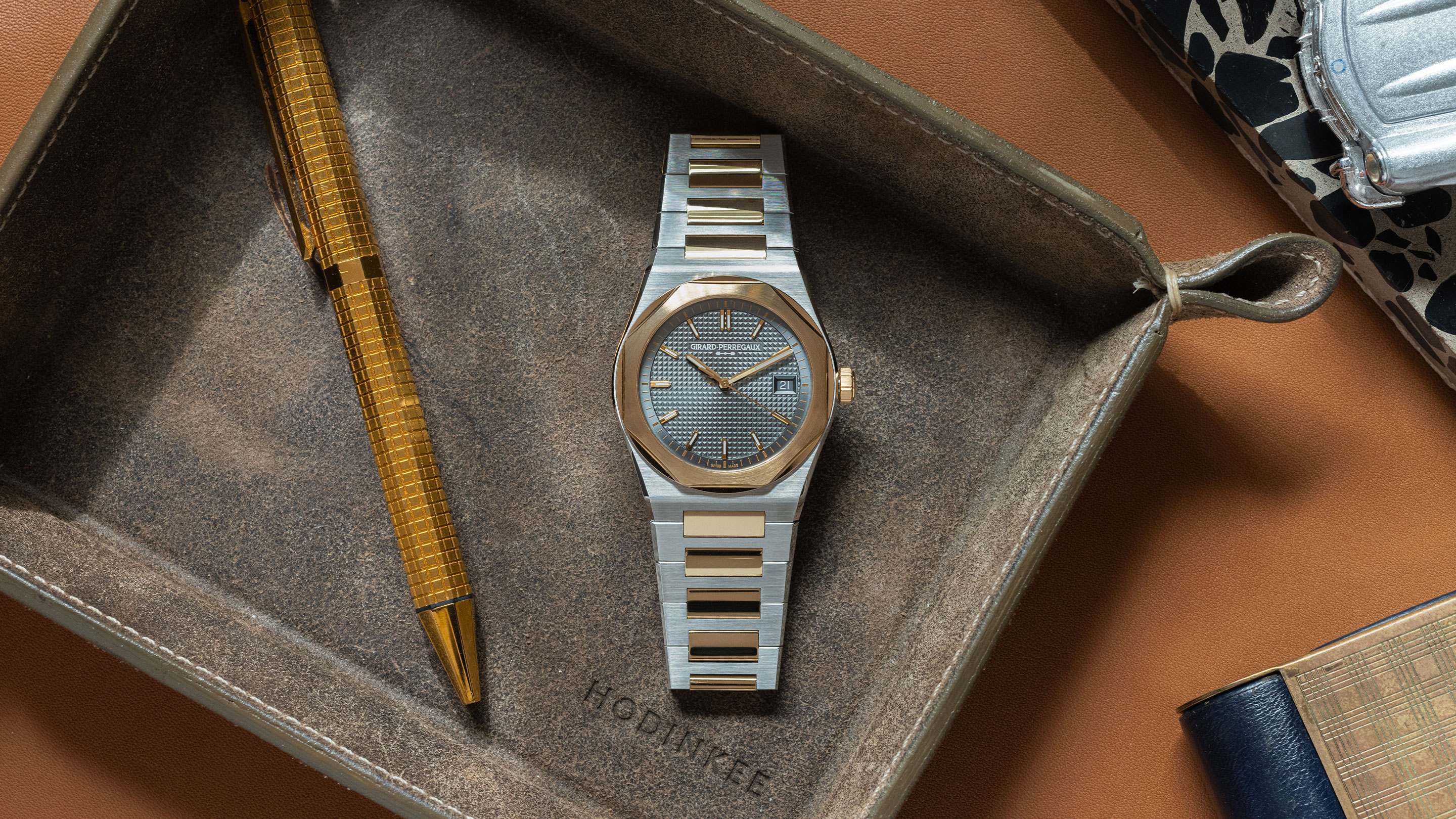
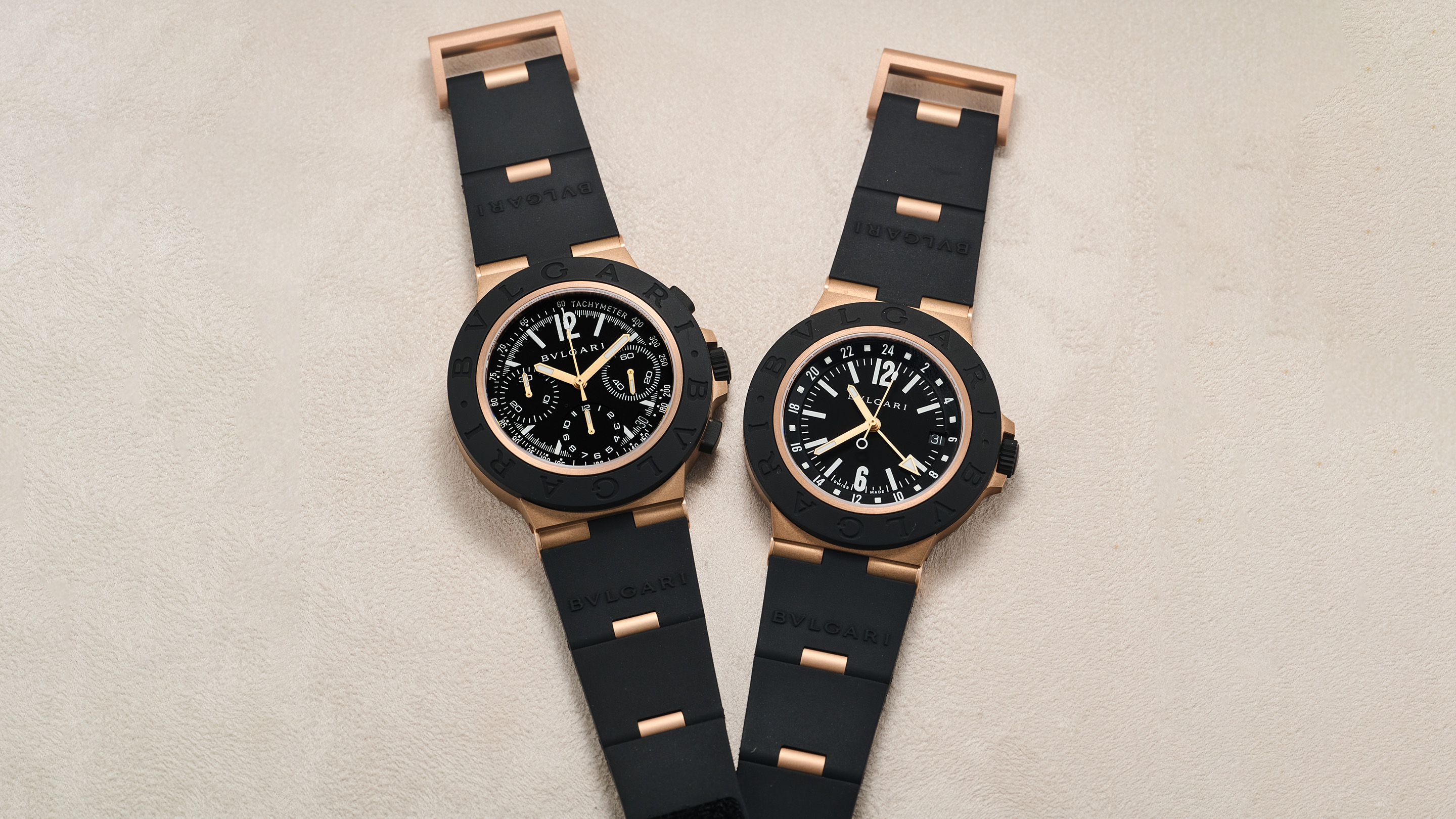
Top Discussions
Breaking NewsA Yellow Gold Rolex ref. 6062 Sets Record for the Reference, Third Most Expensive Rolex Ever Sold, At $6.2 Million
Photo ReportInside Mike Wood’s ‘For Exhibition Only’: A Private Rolex Collection On Limited Display
Reading Time at HSNY: Ex Libris